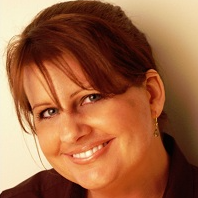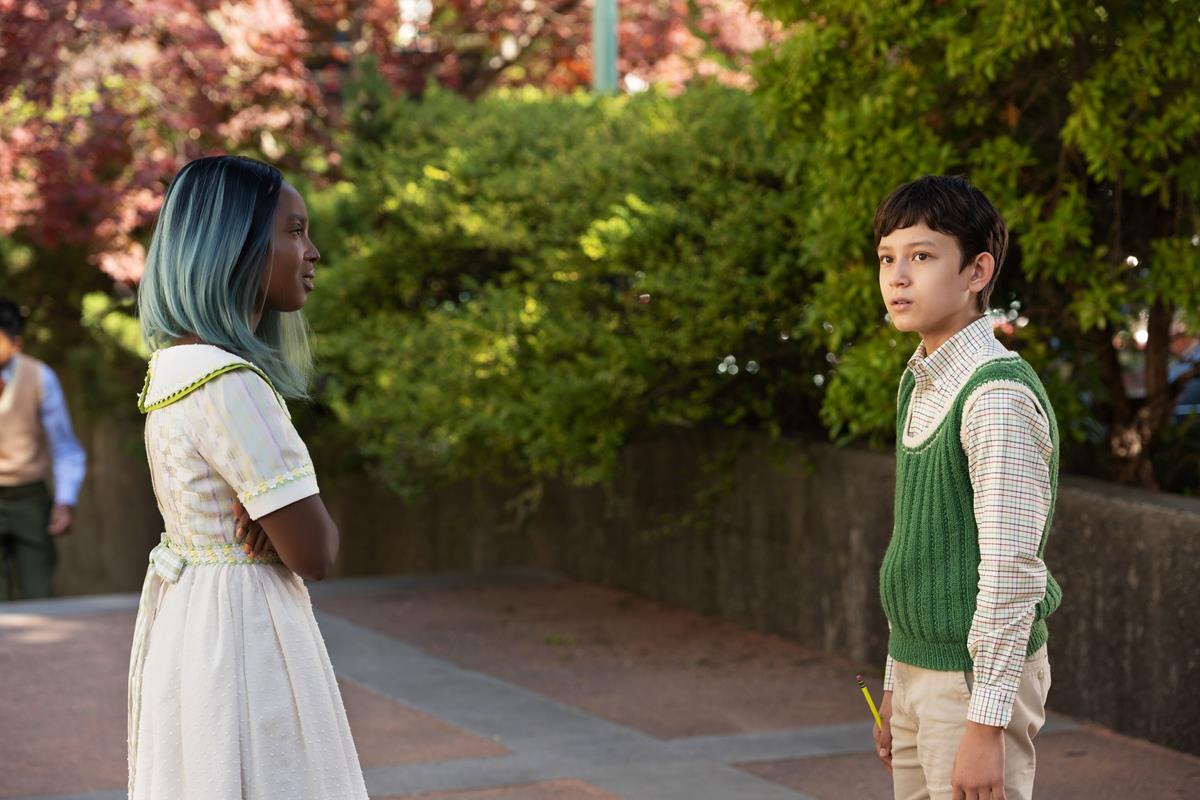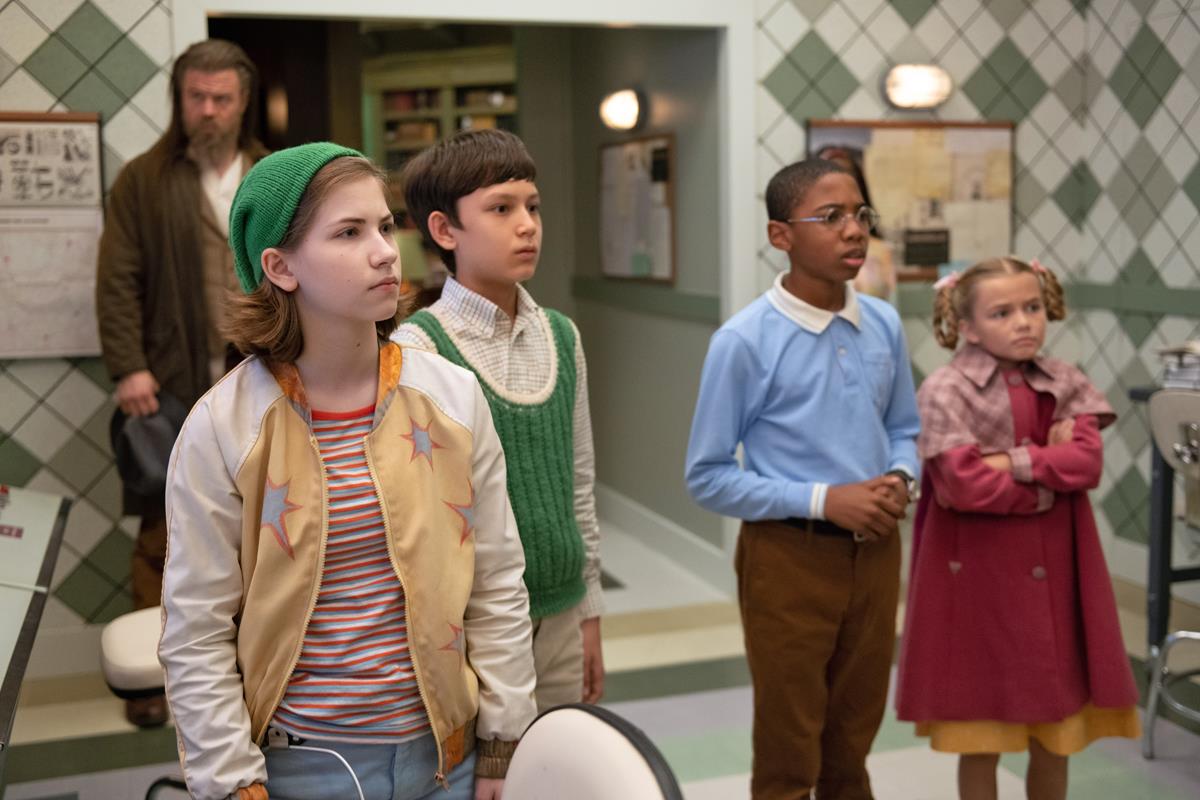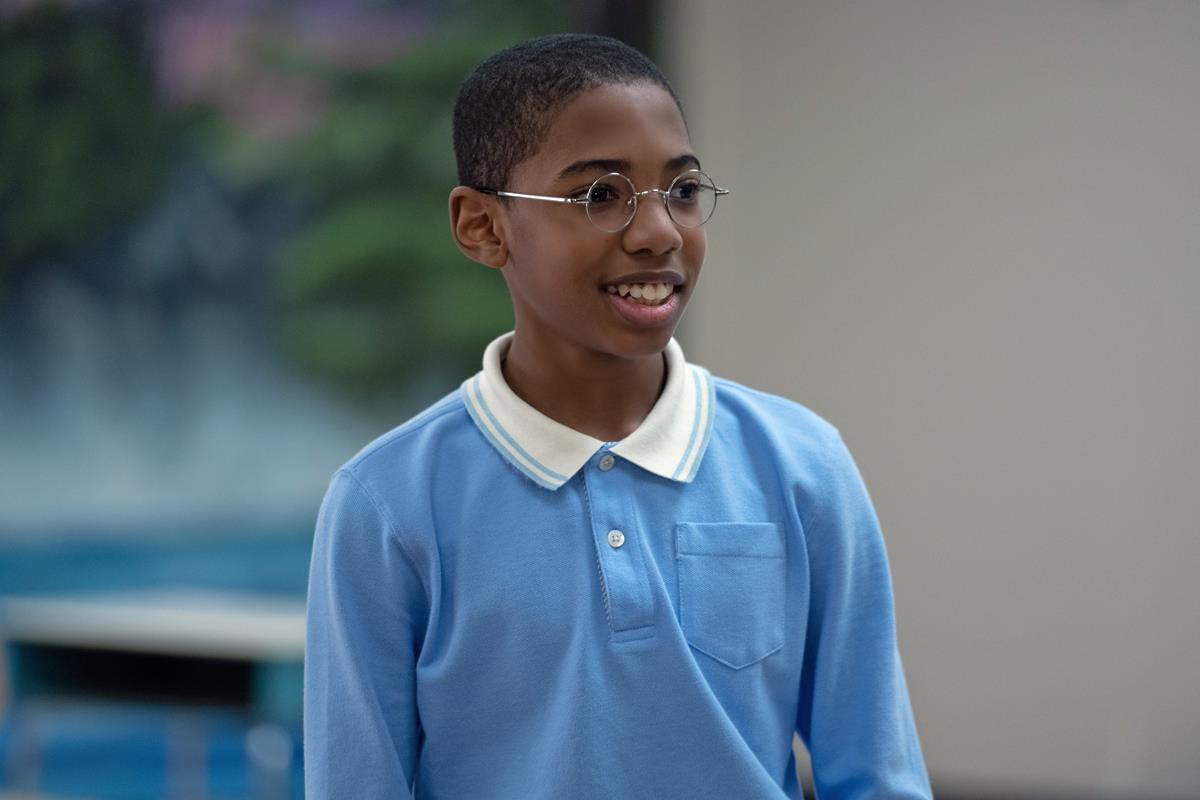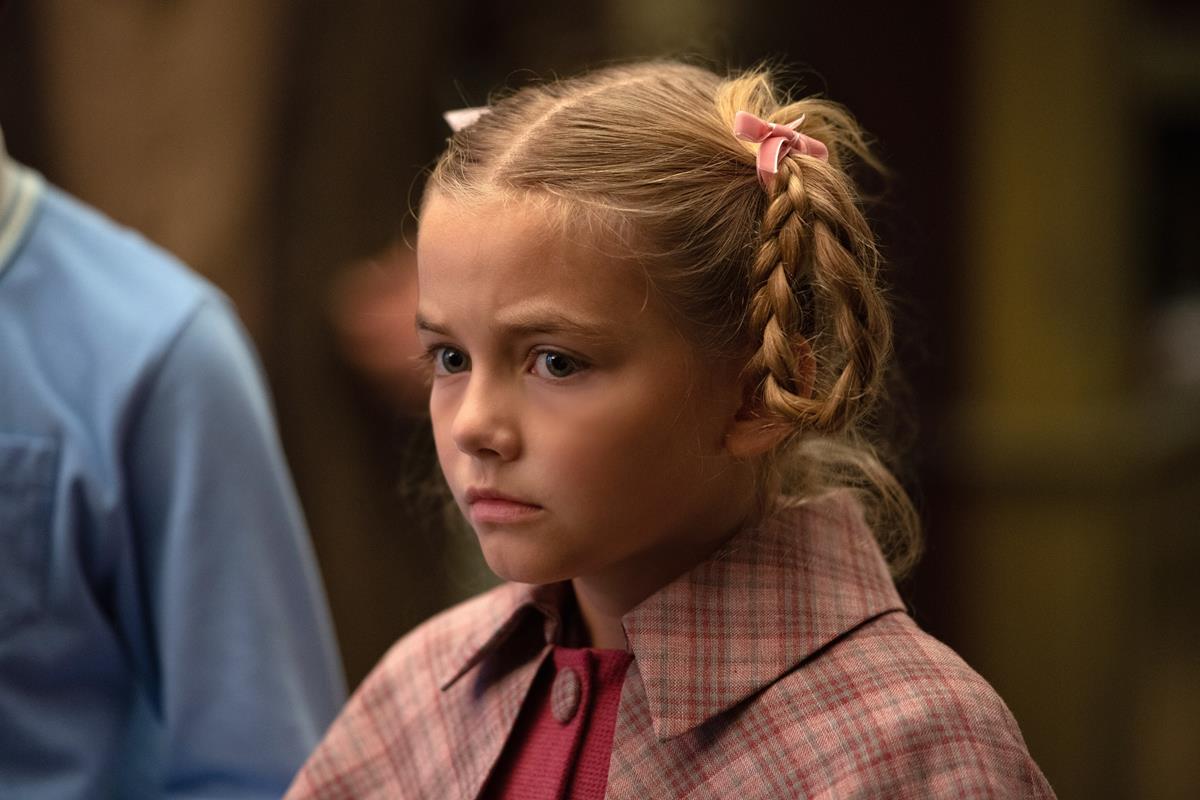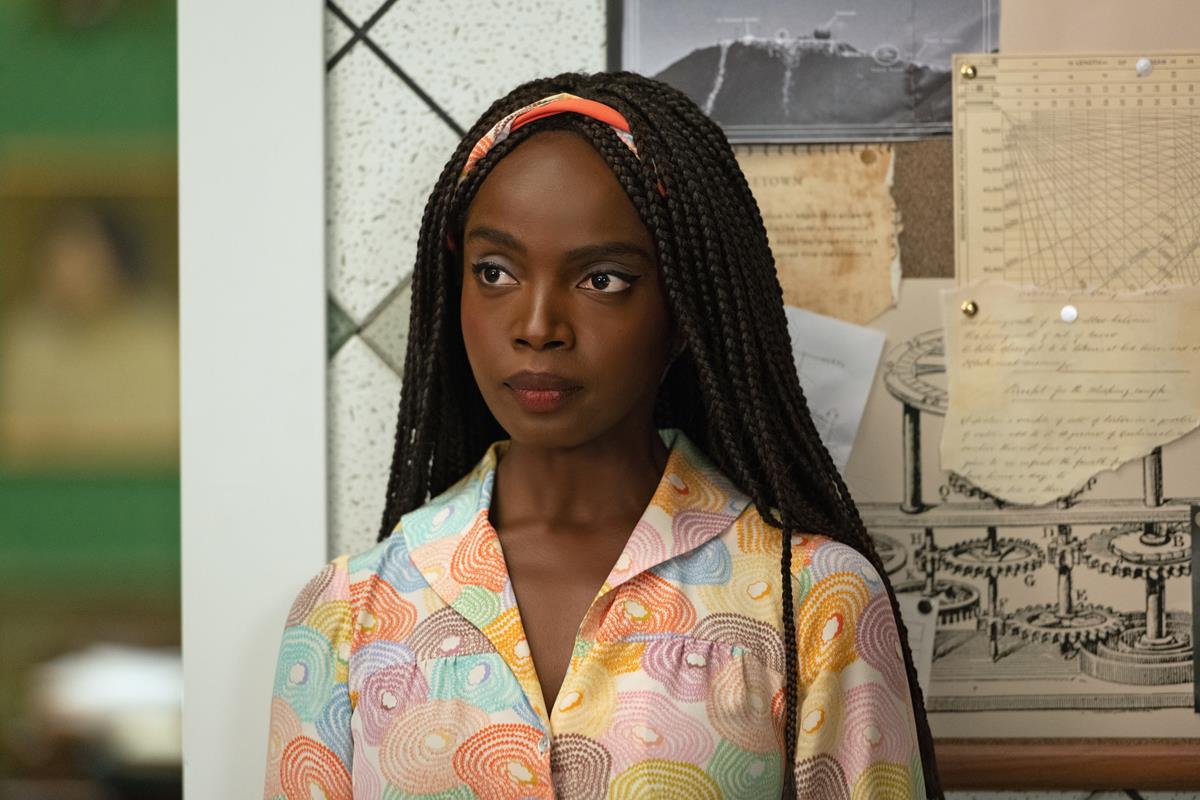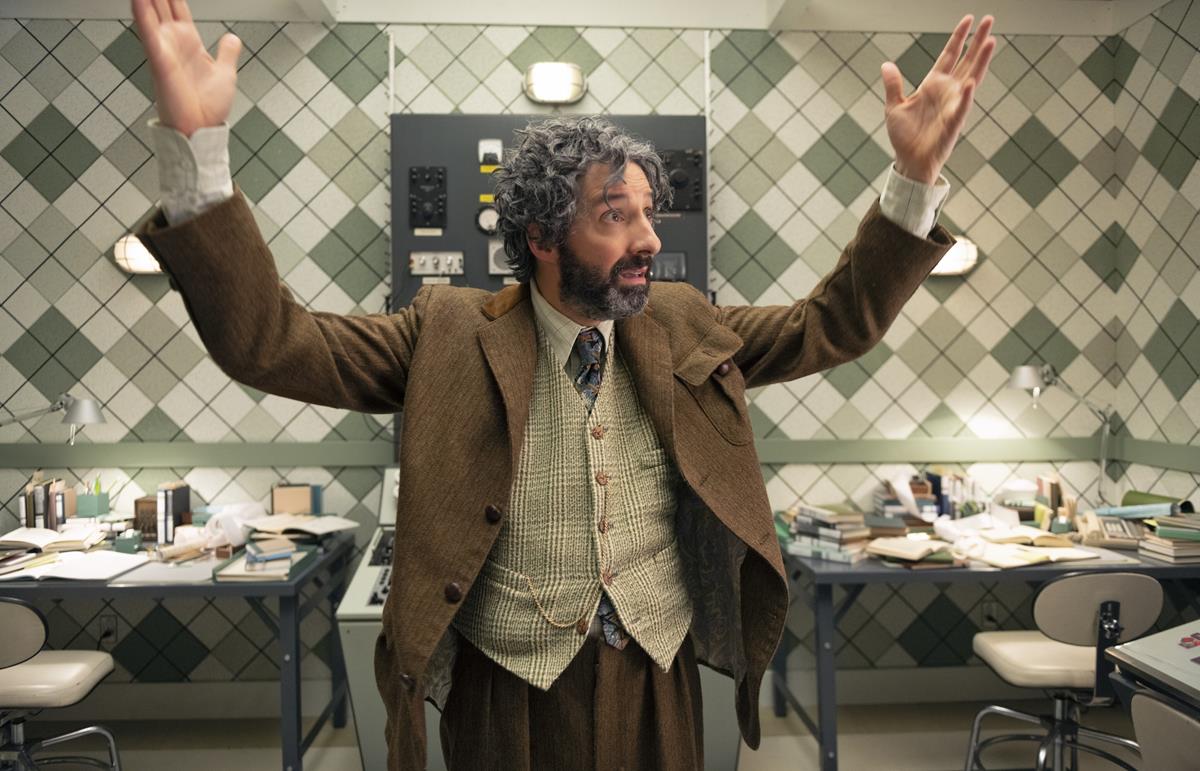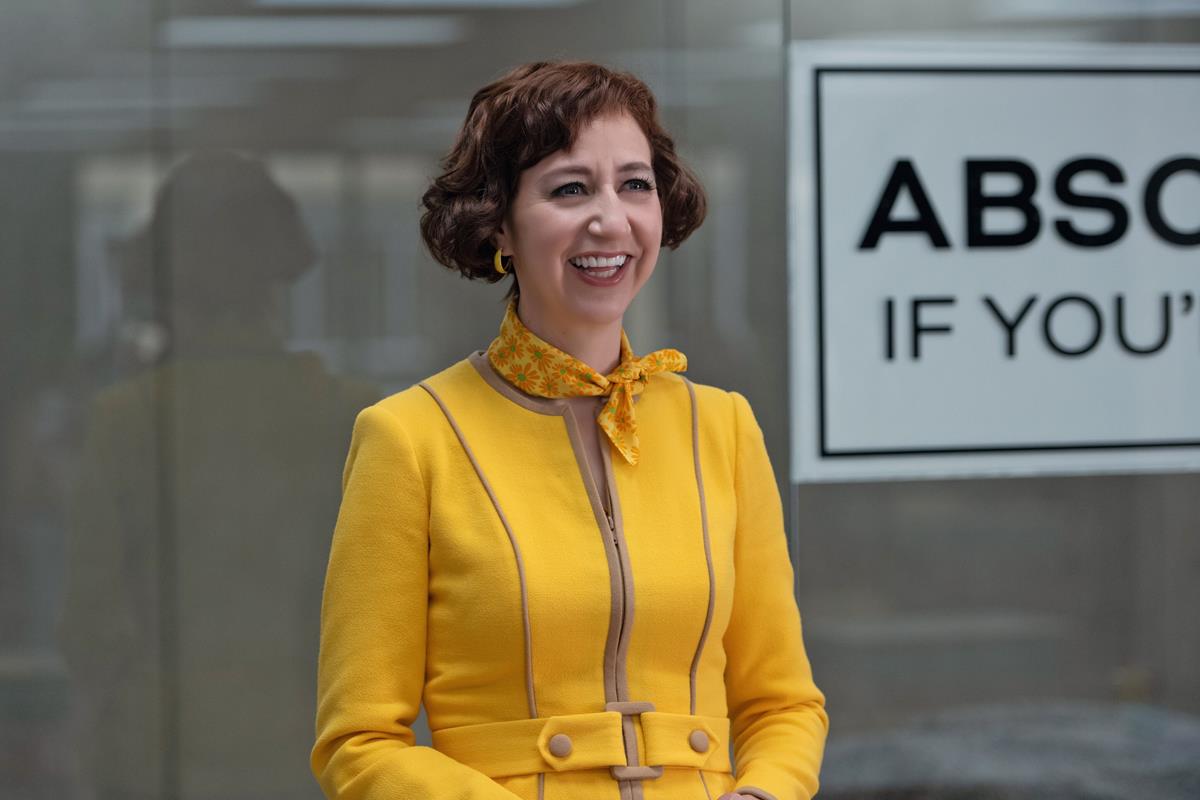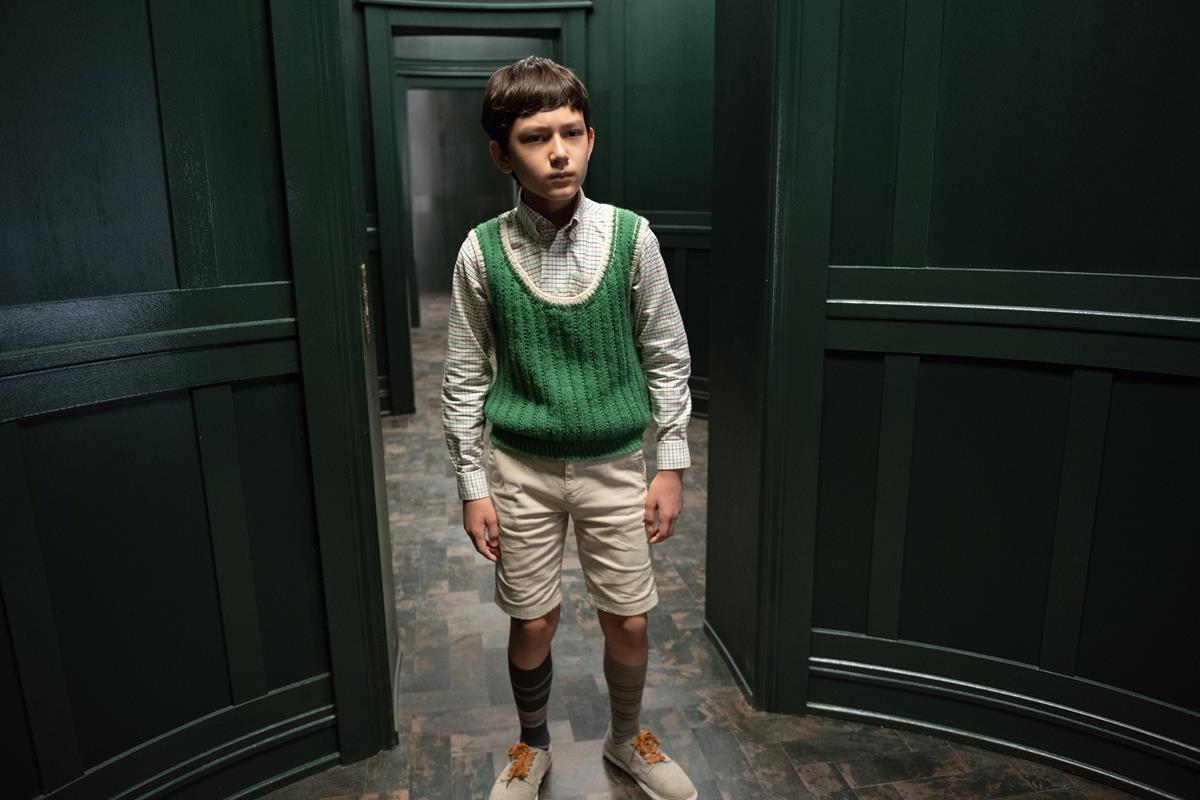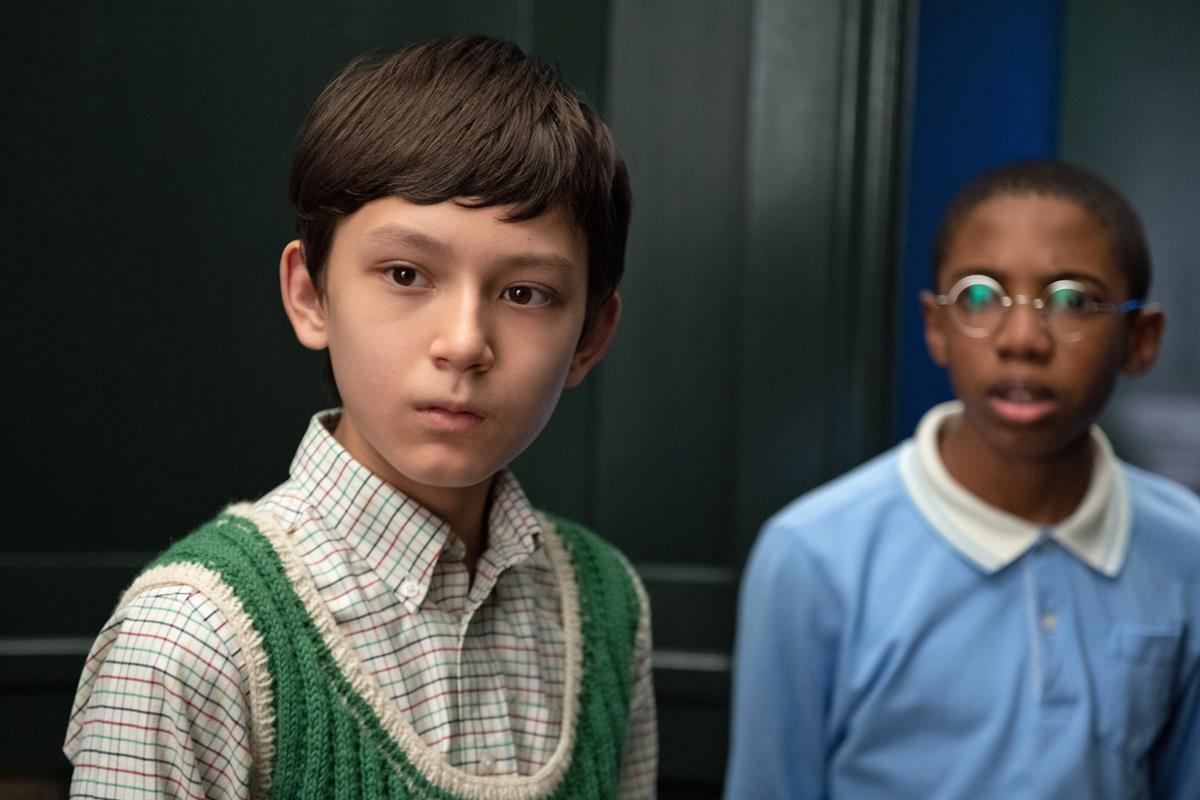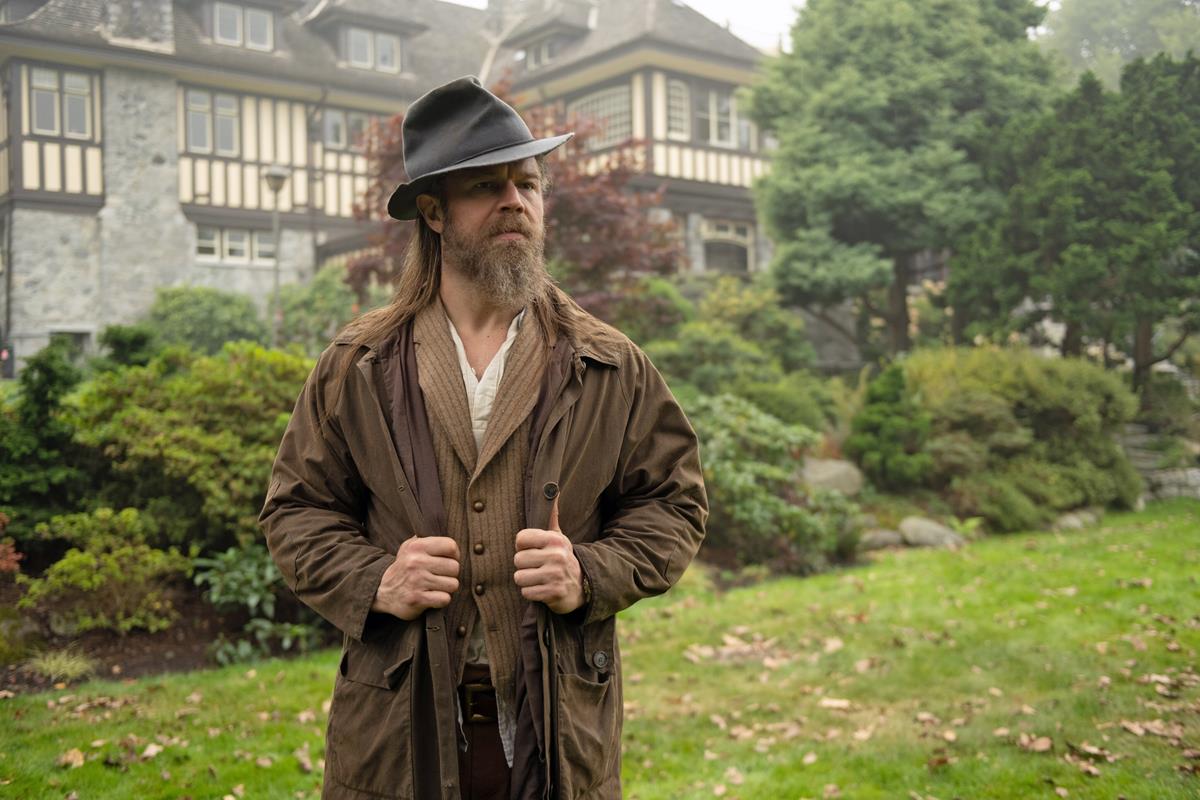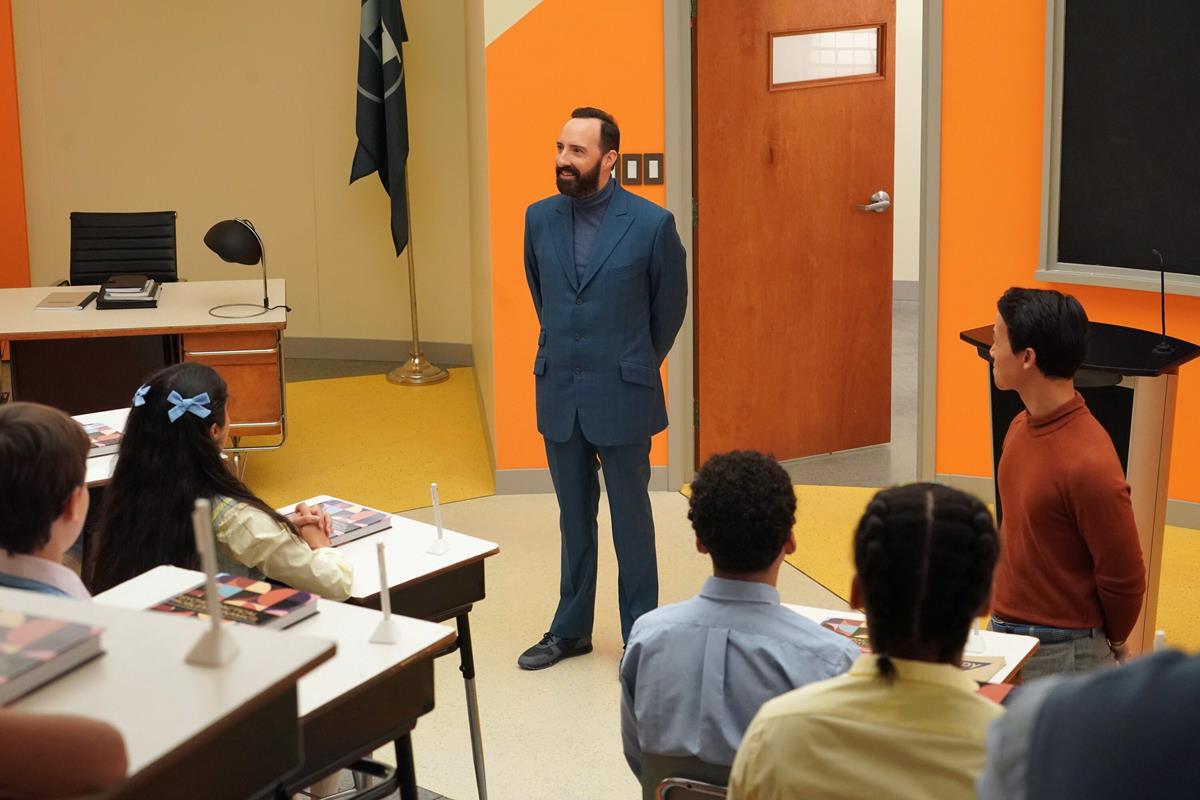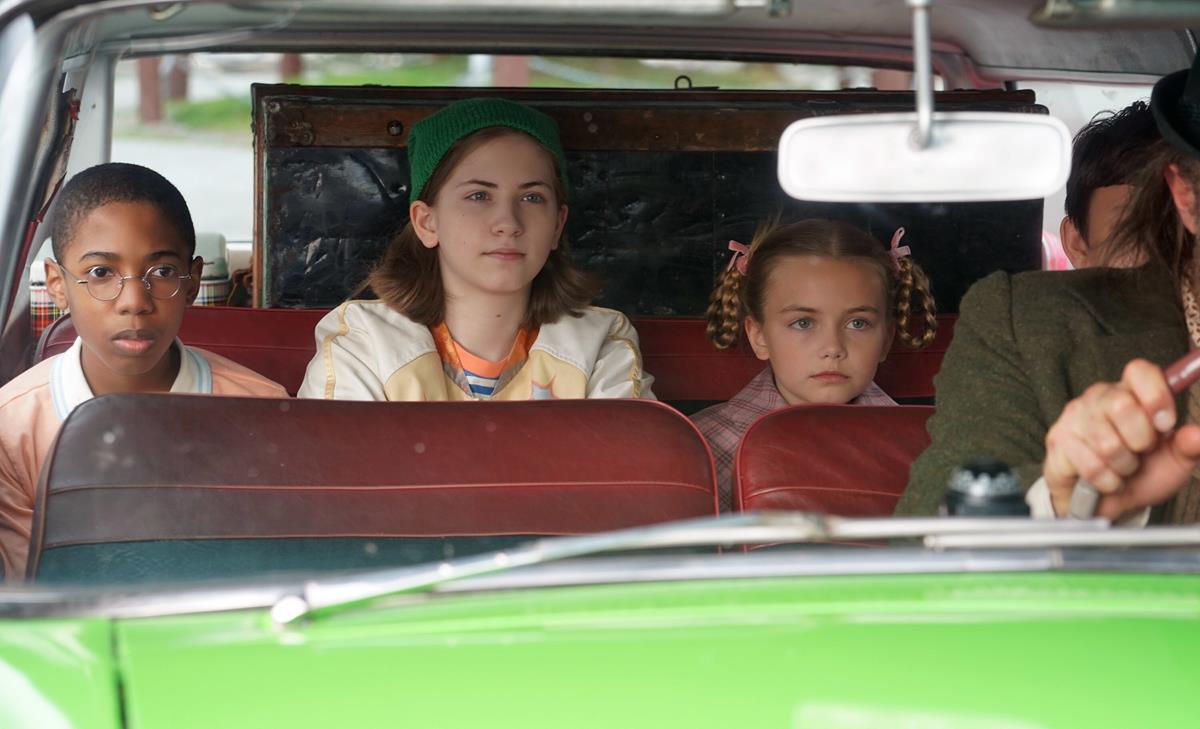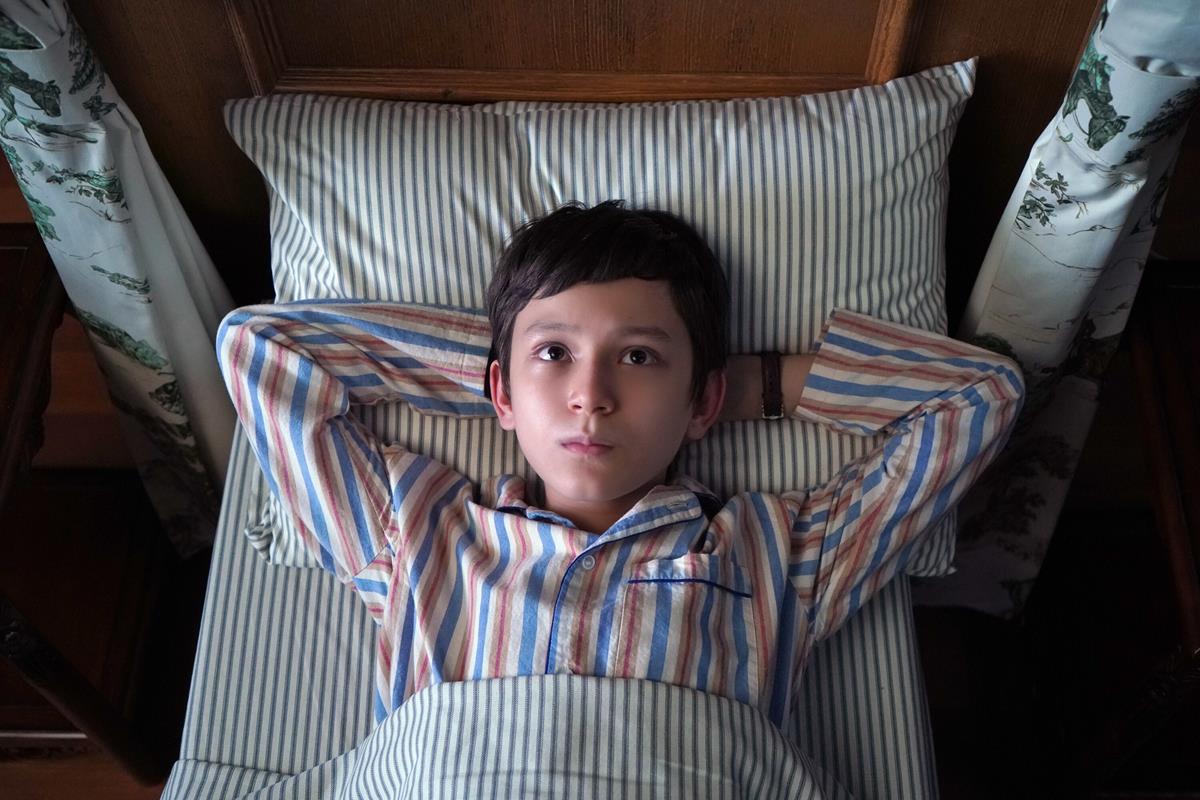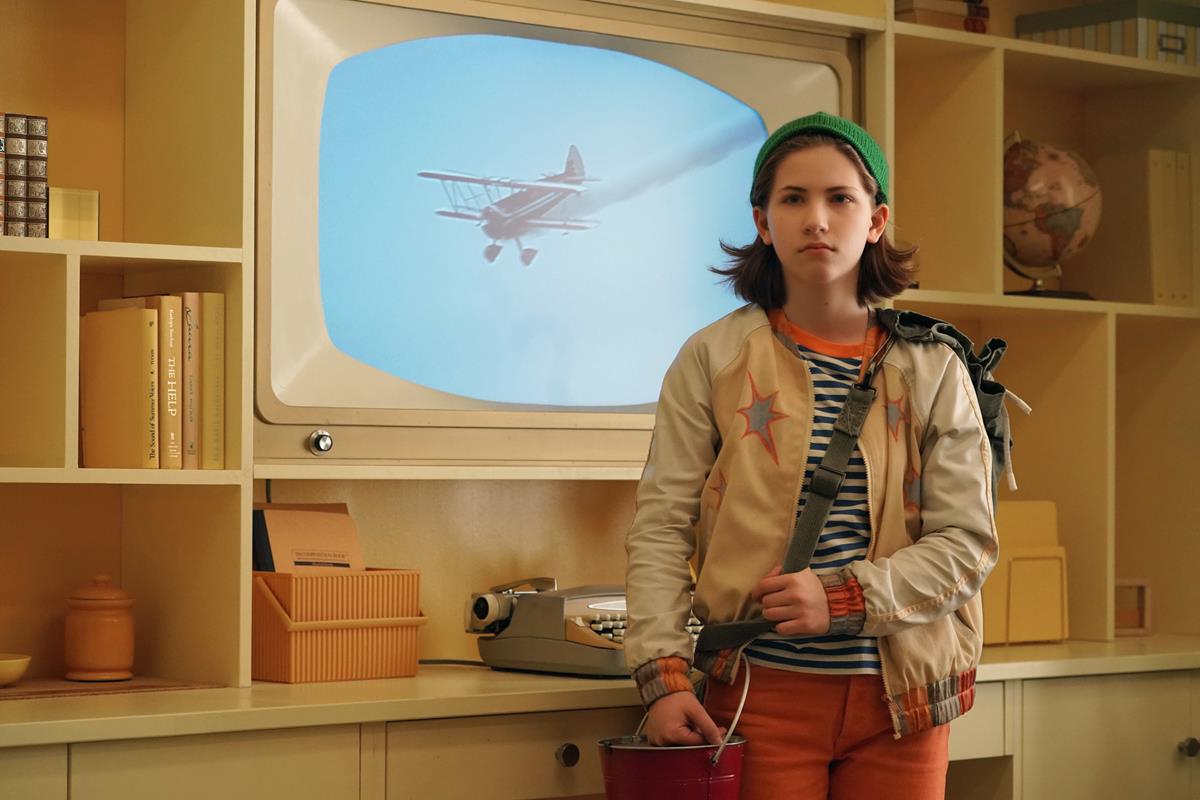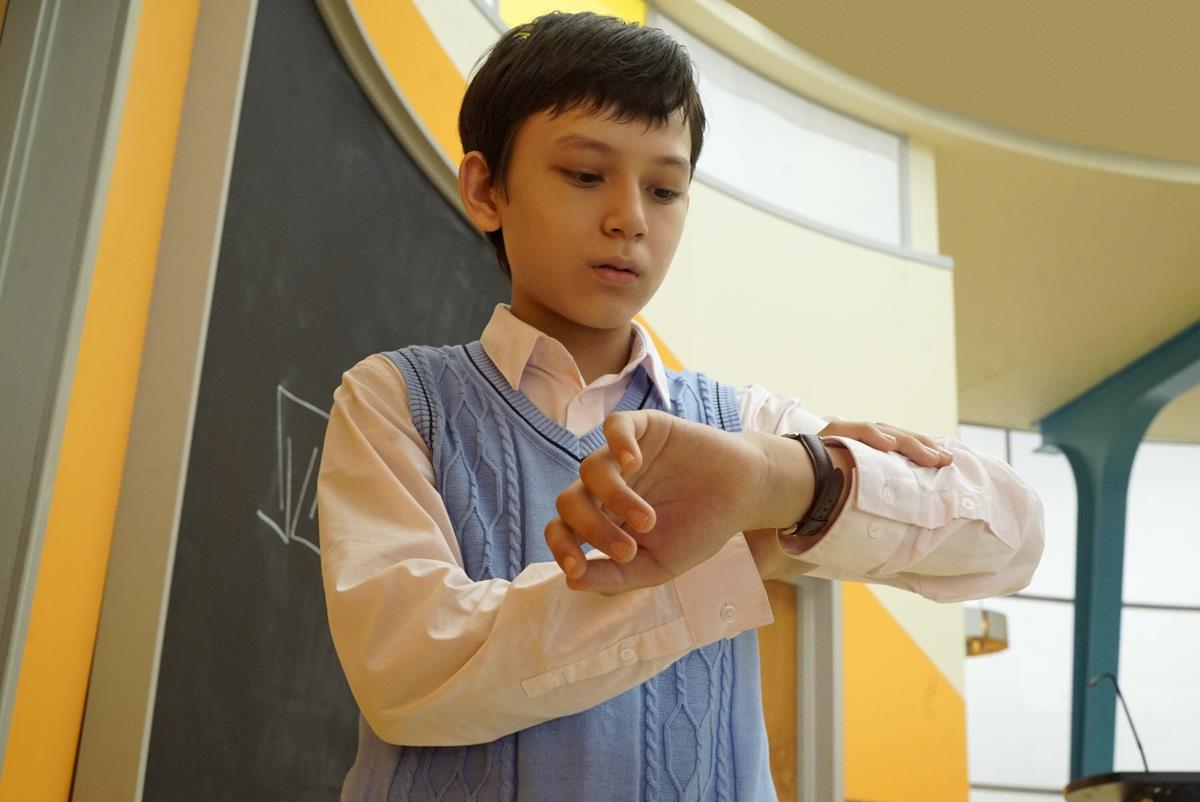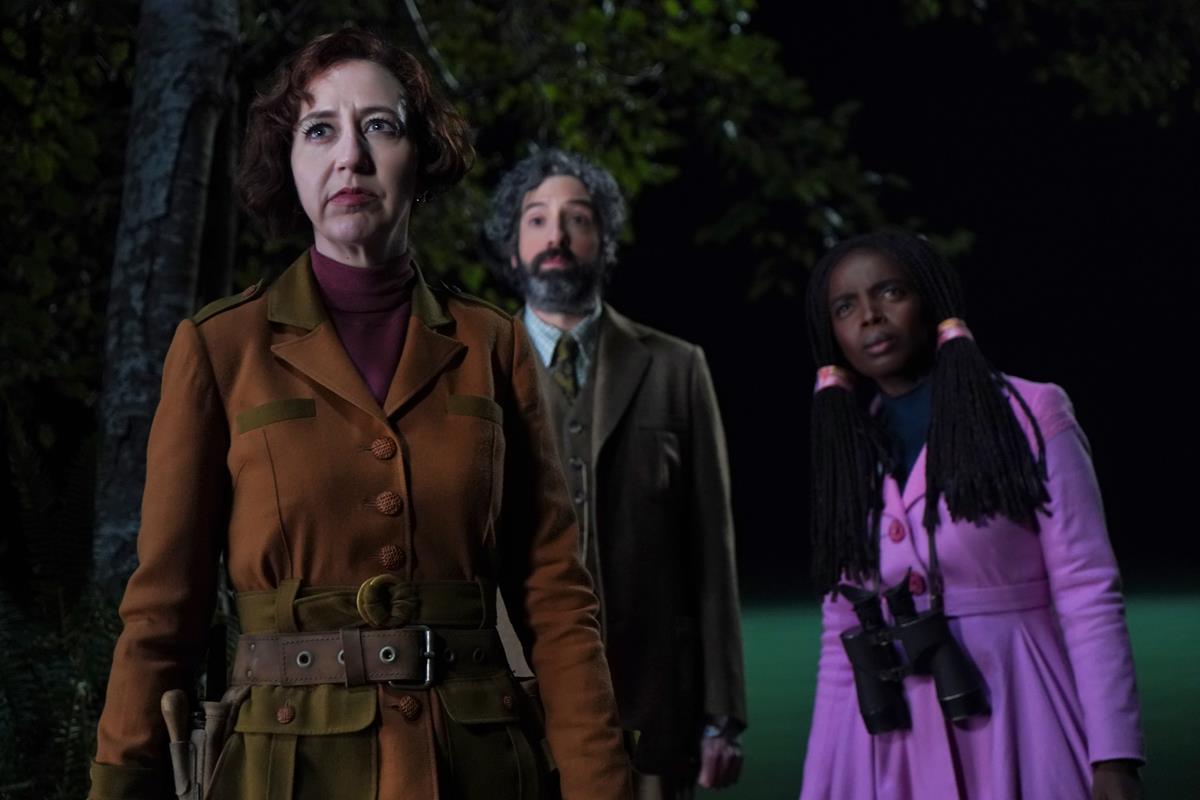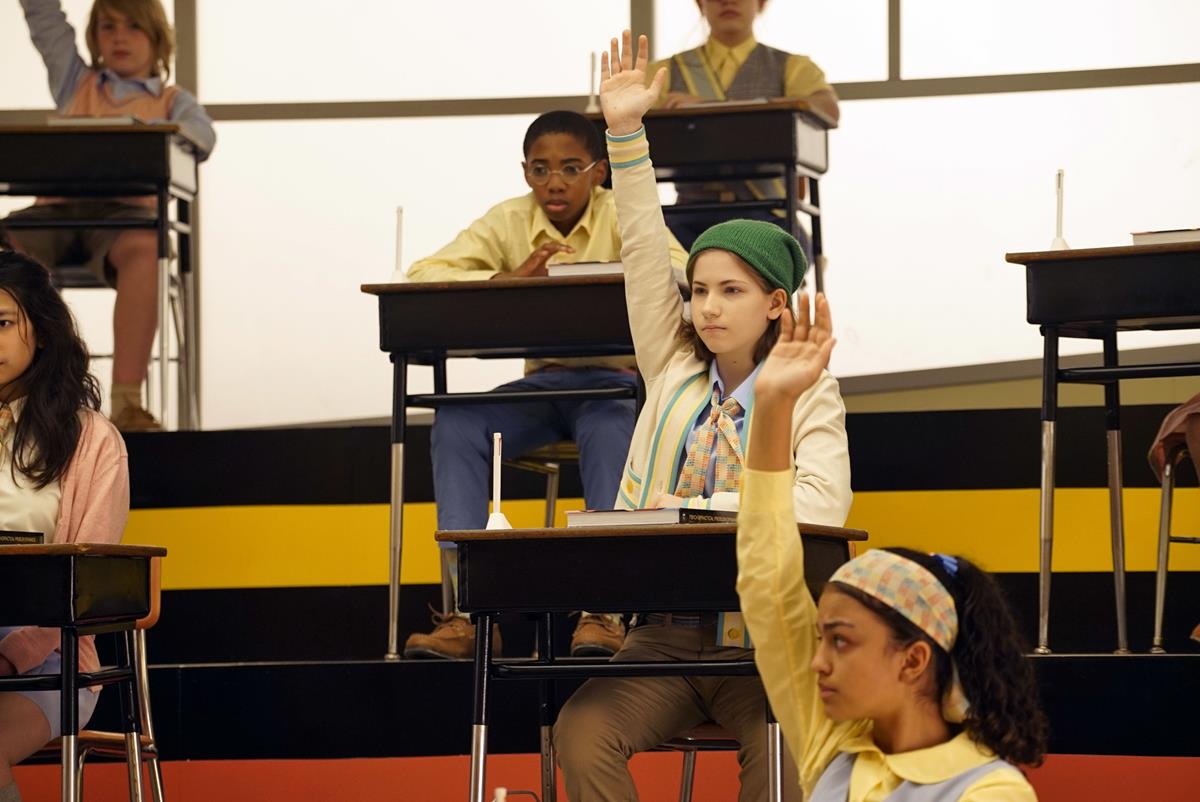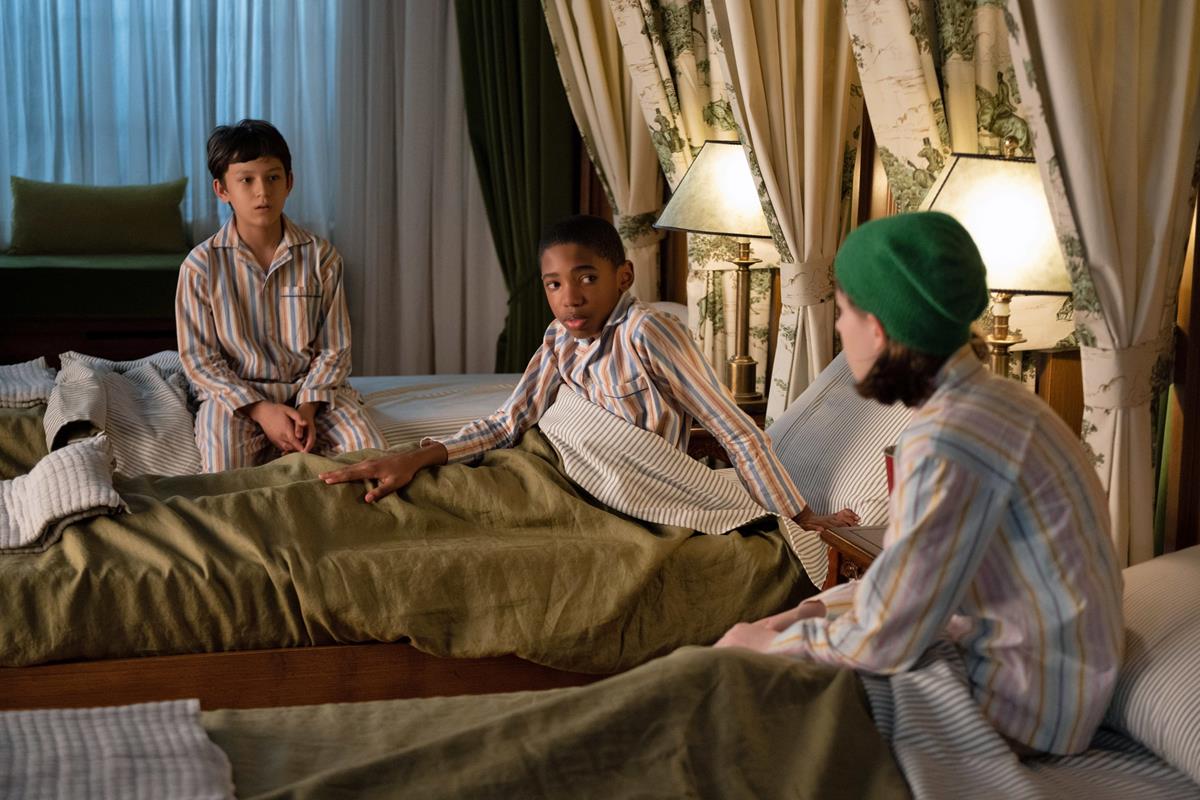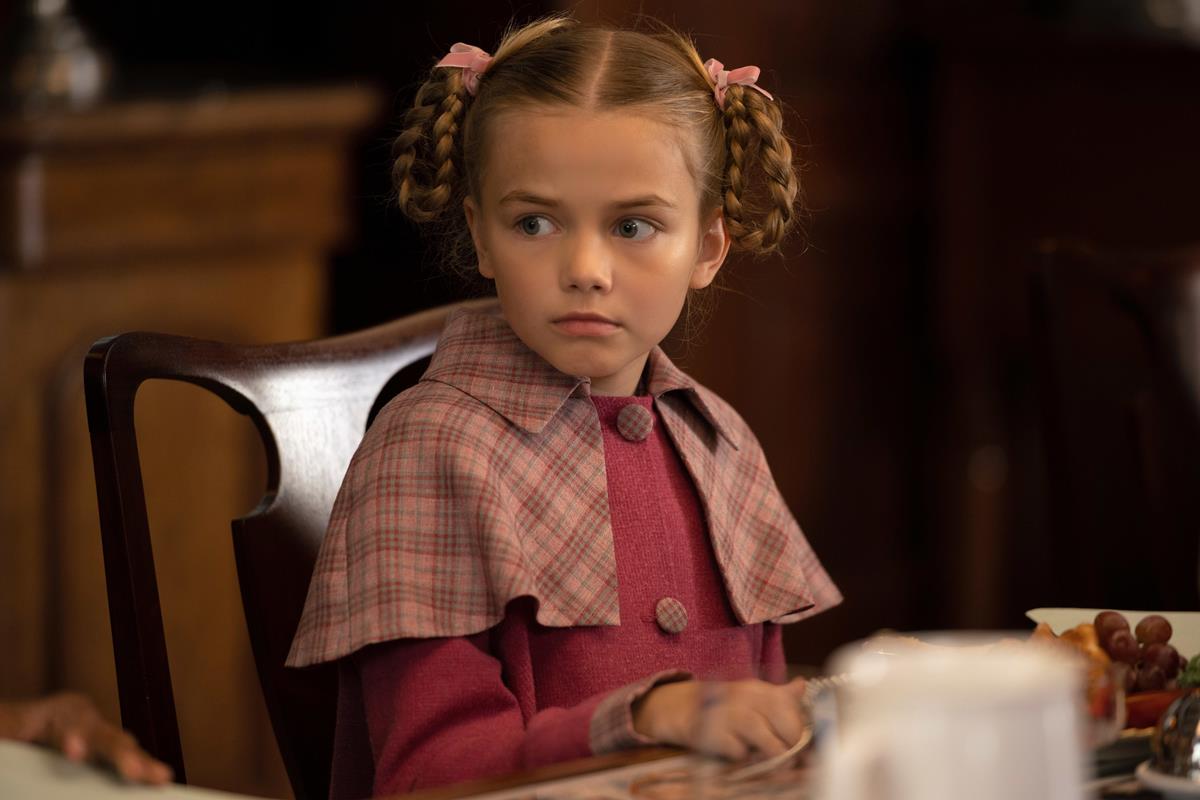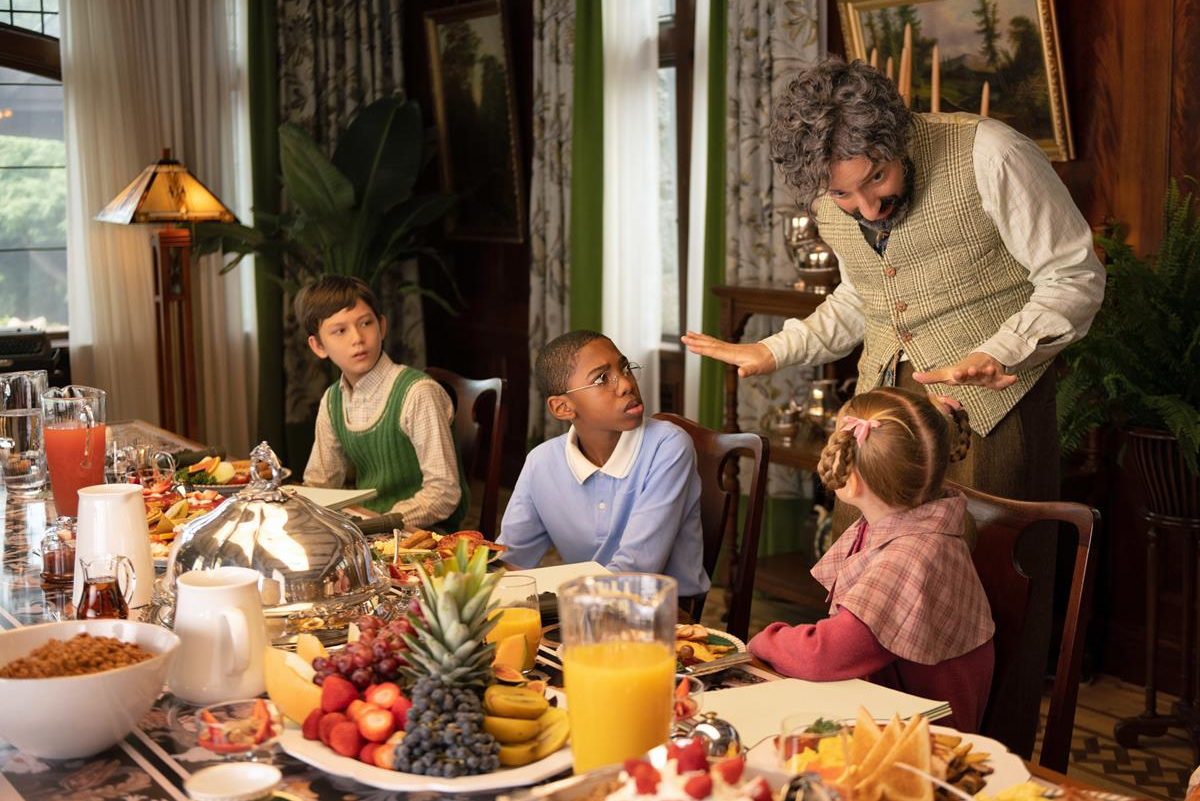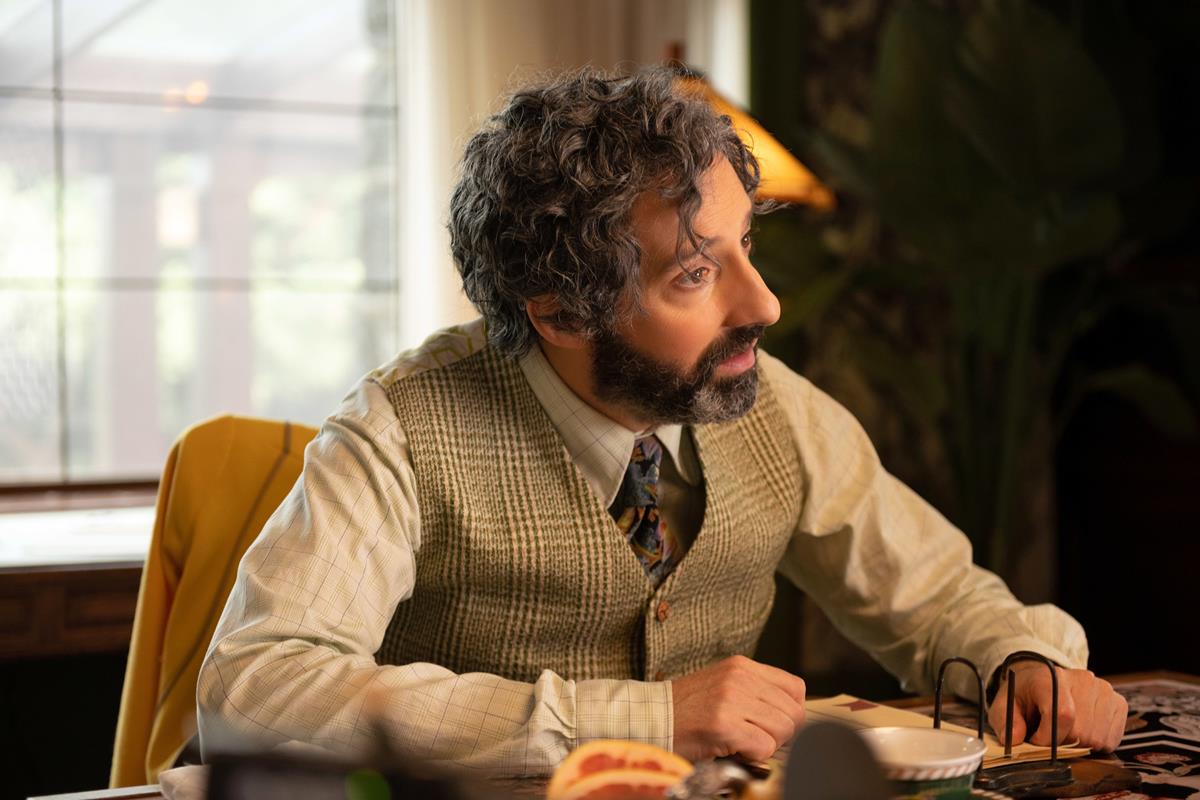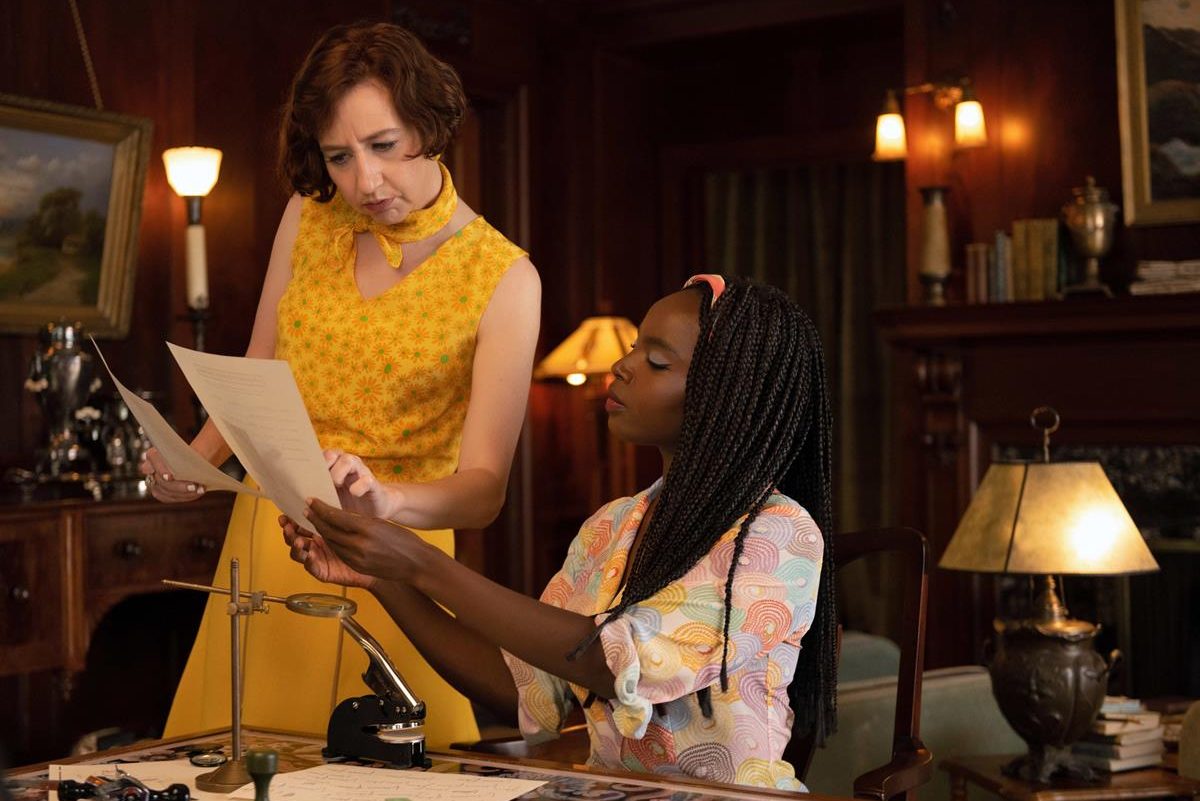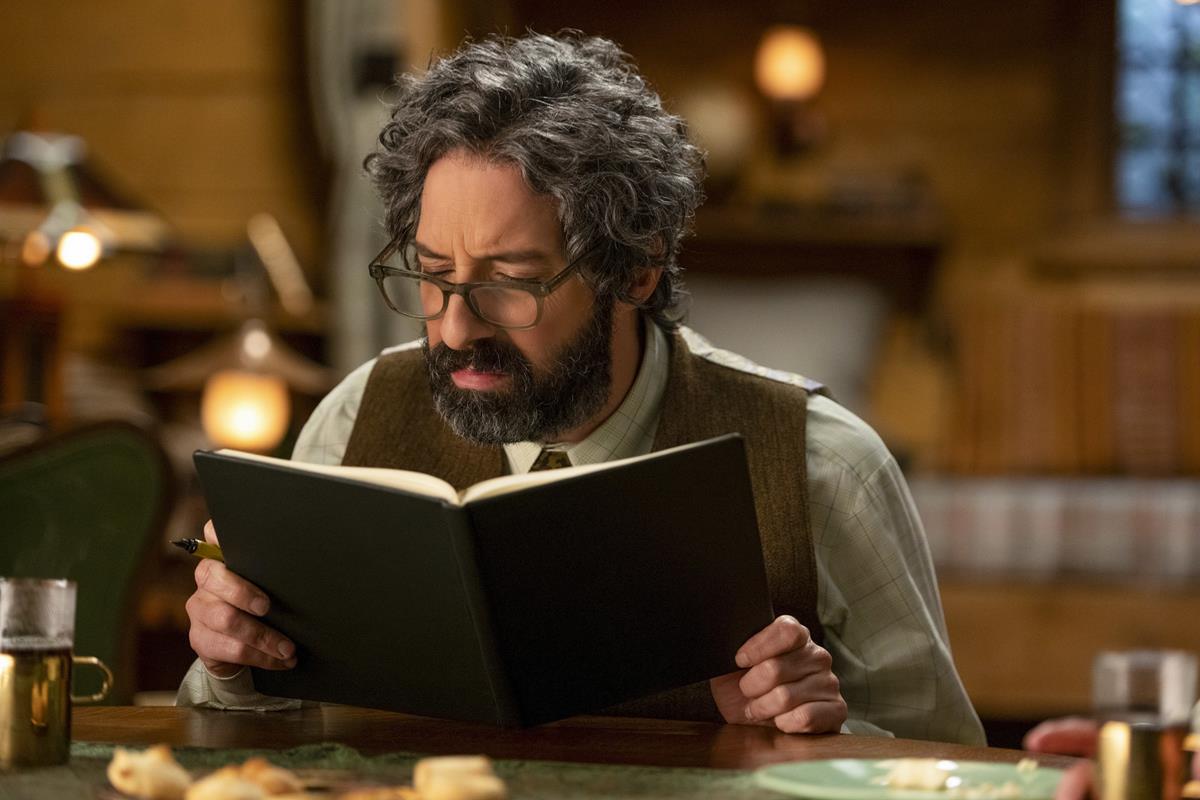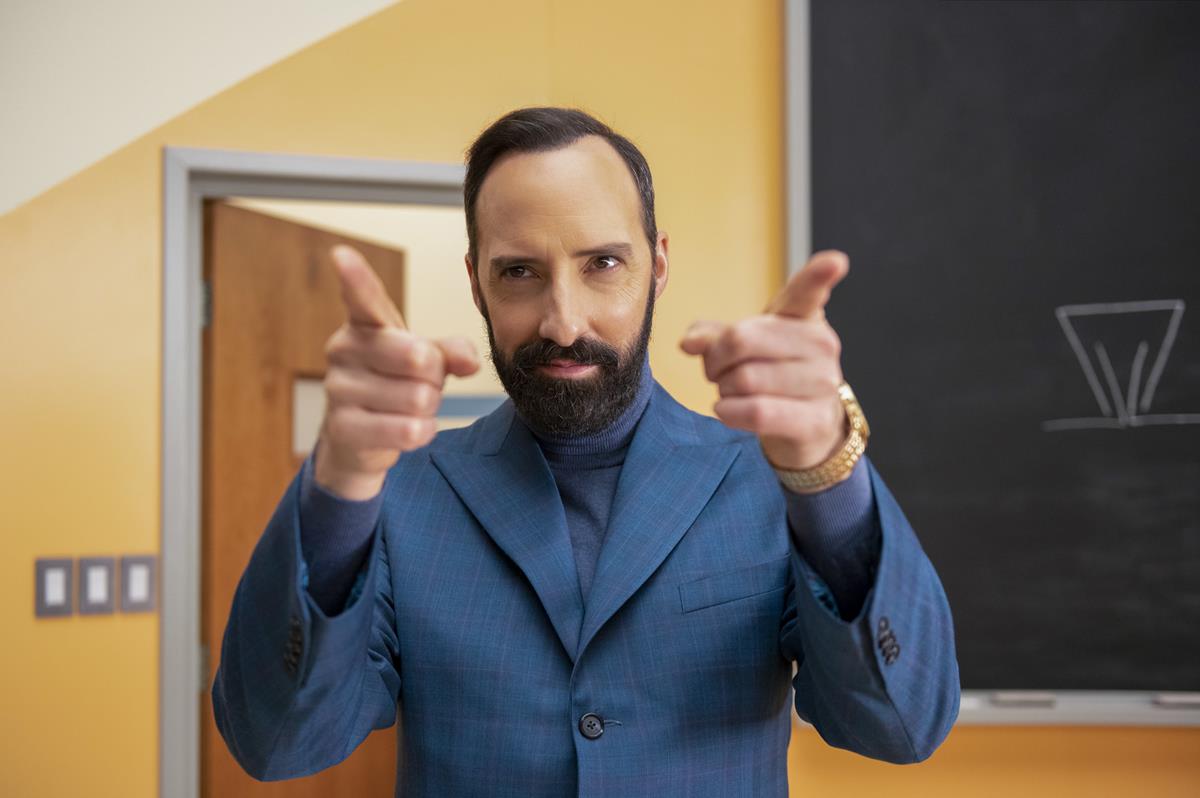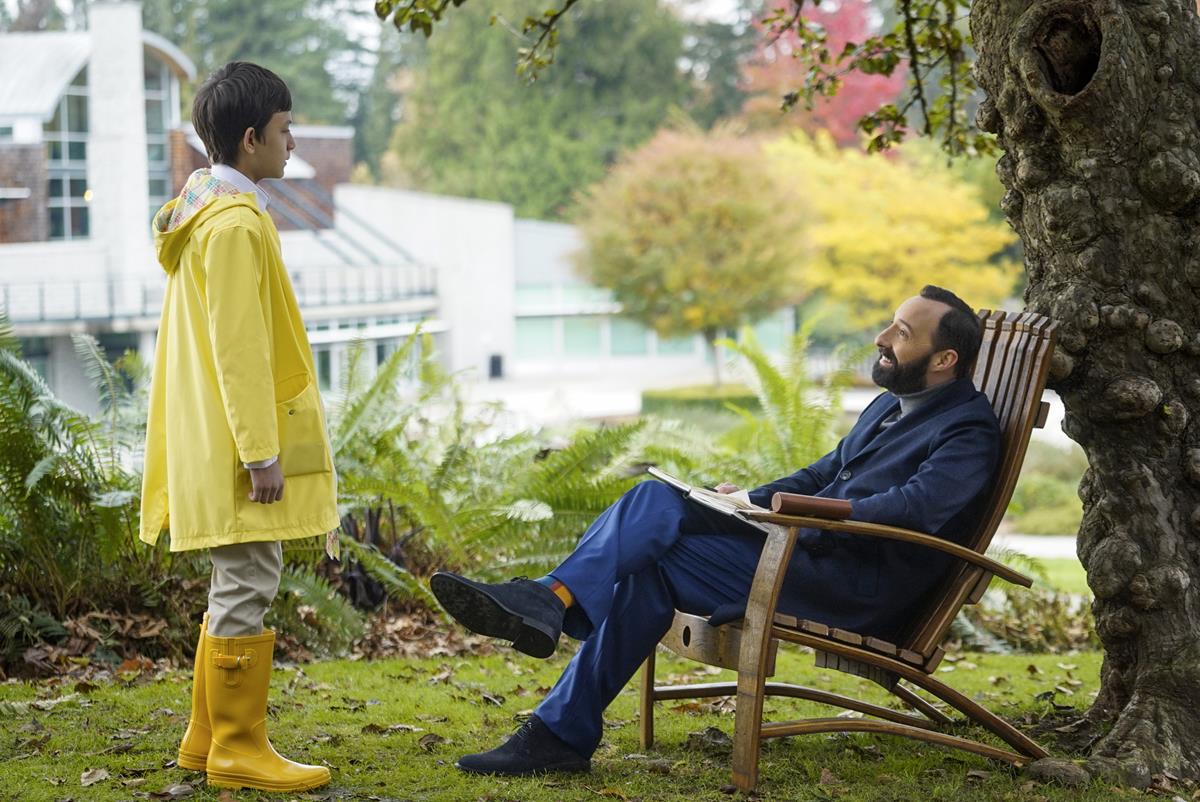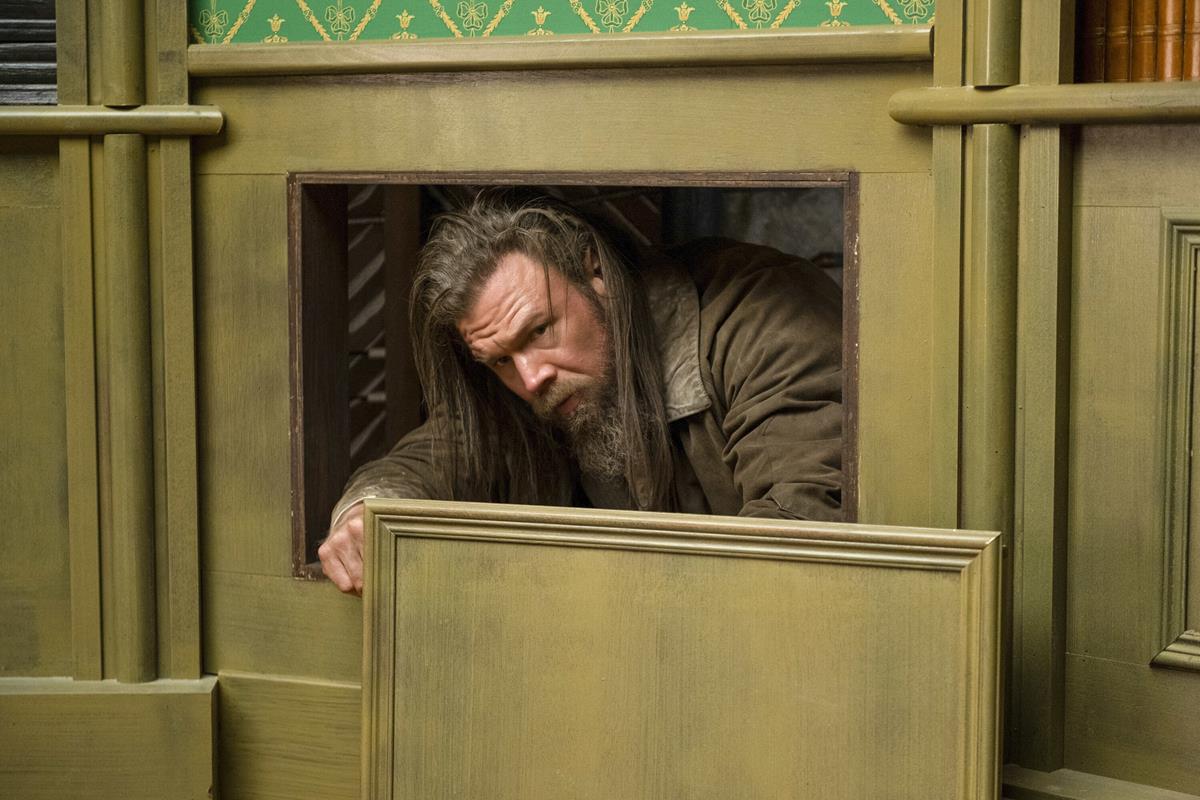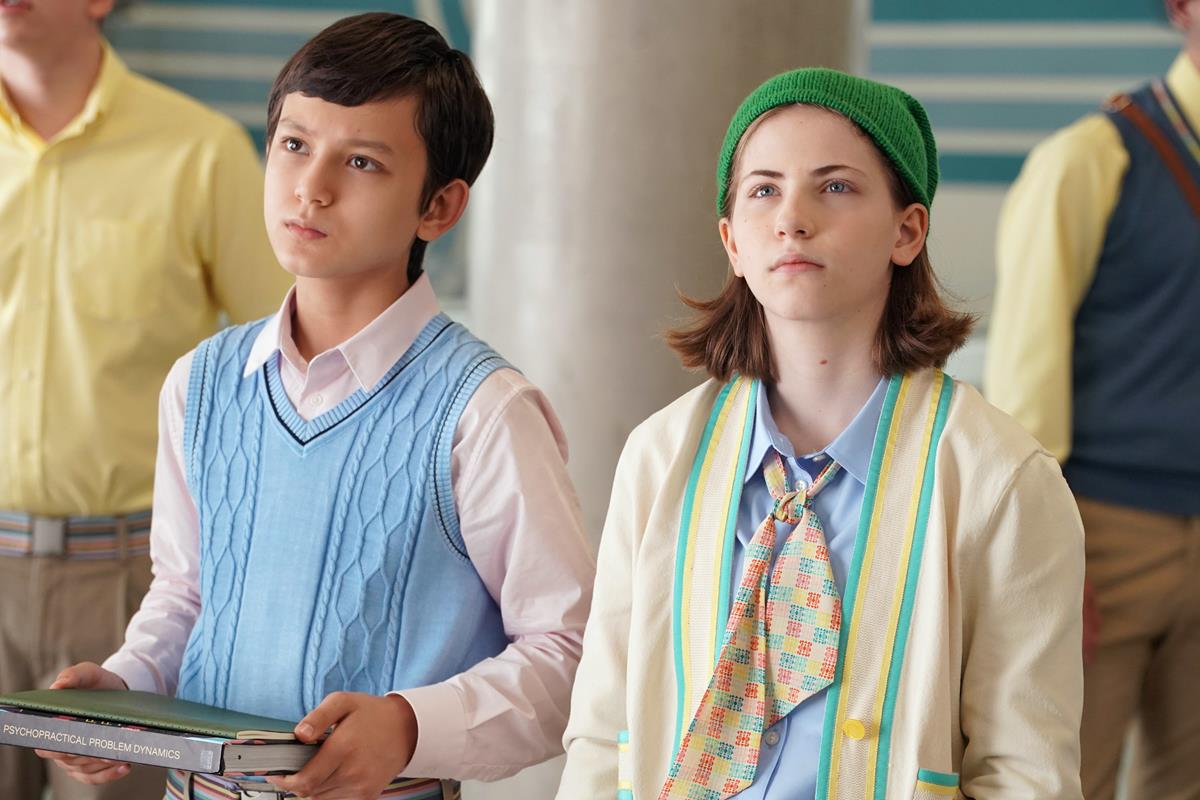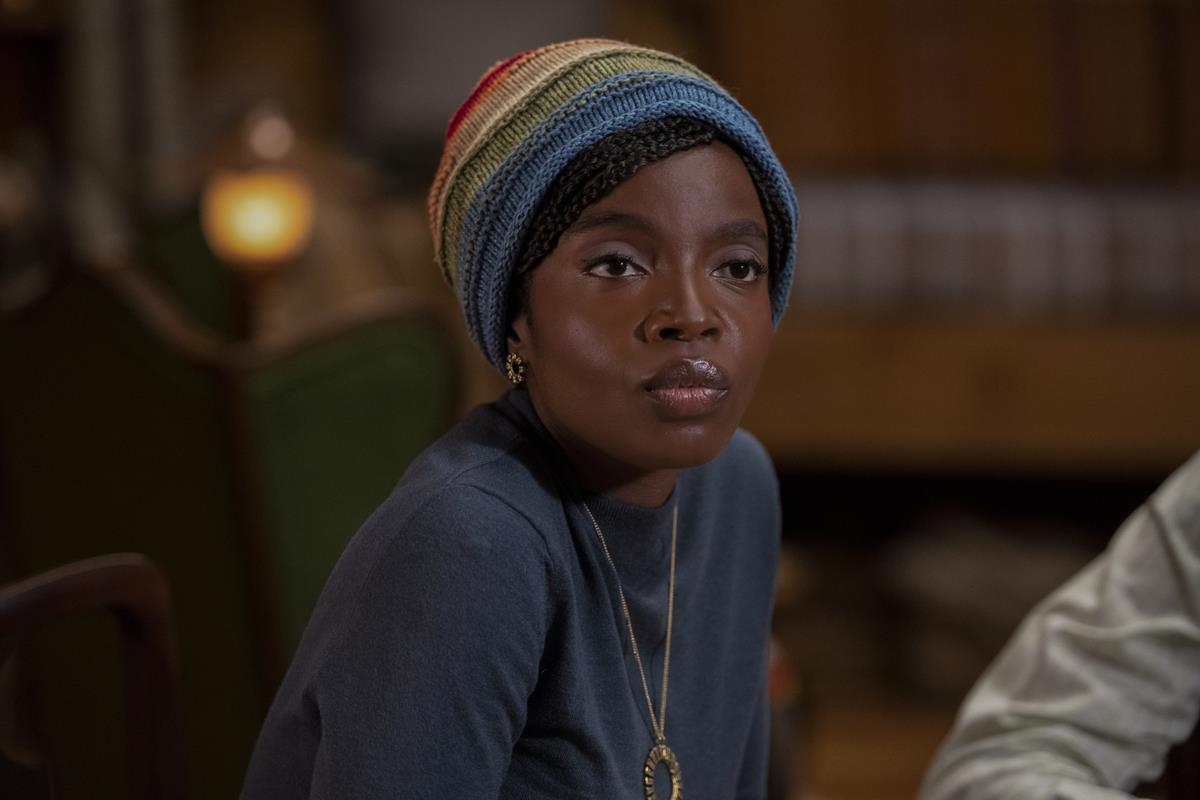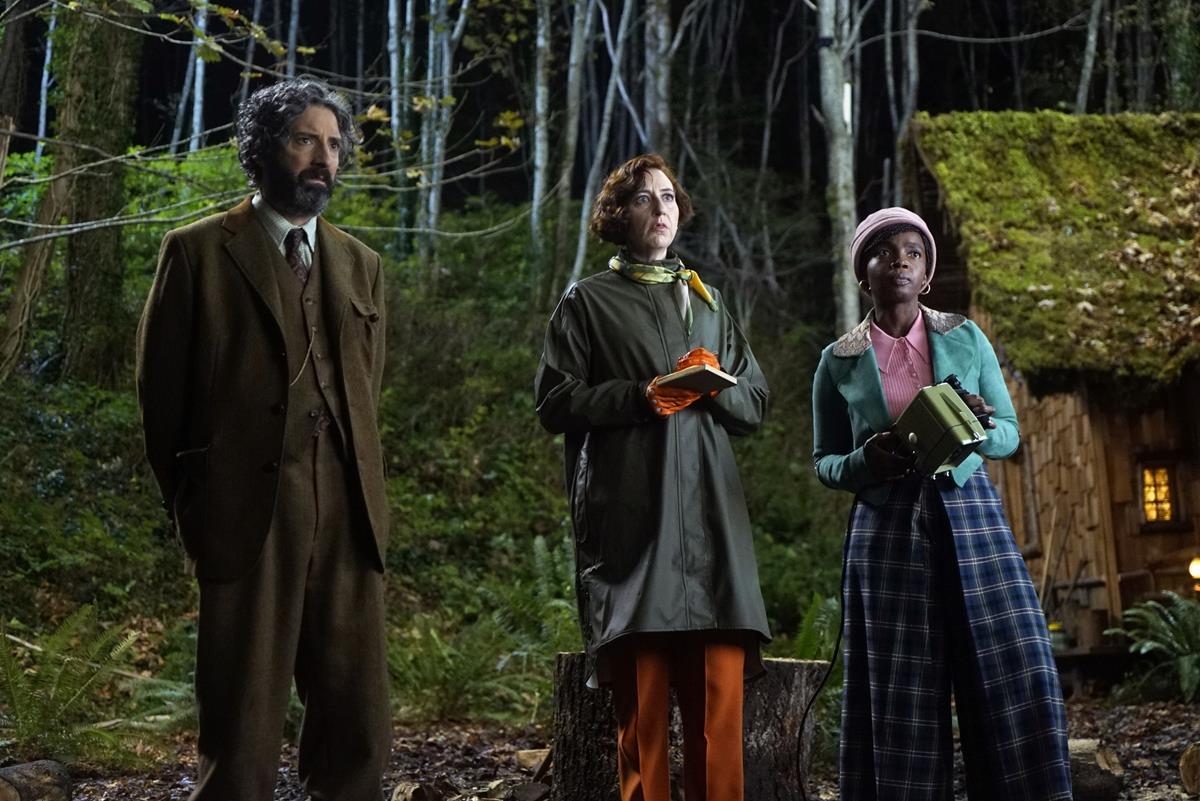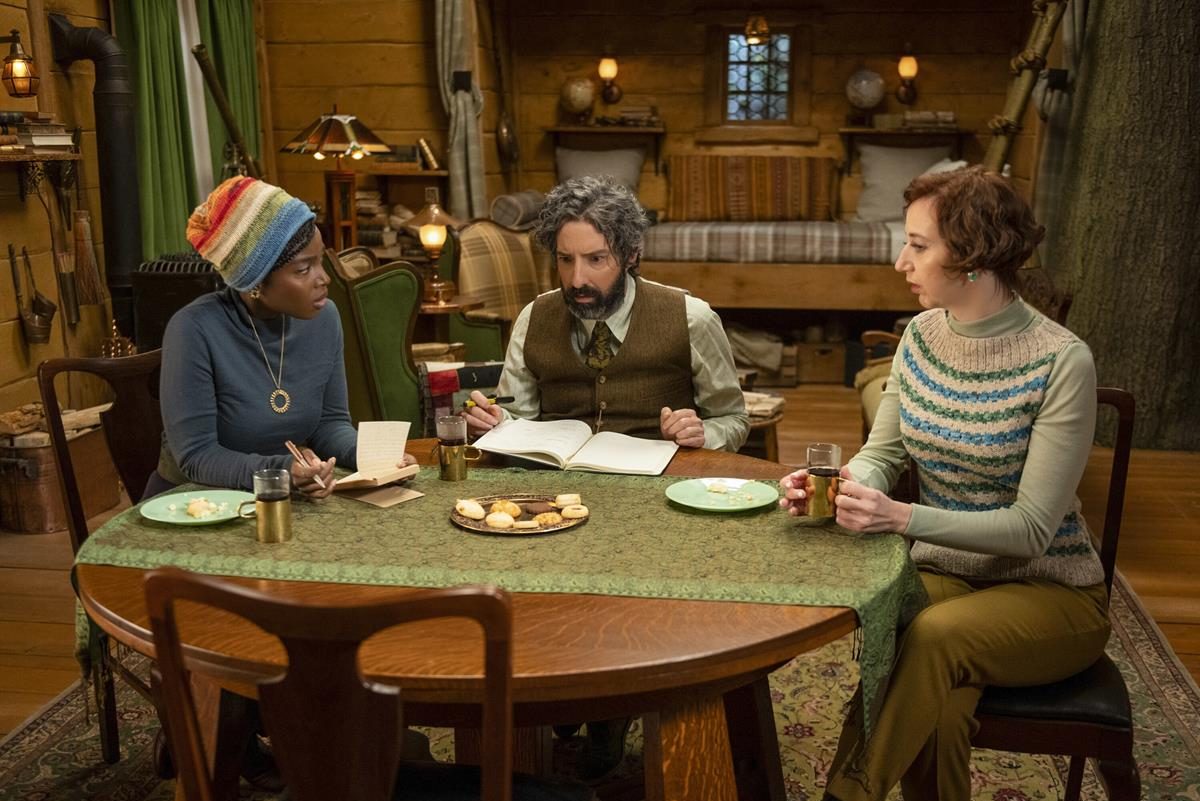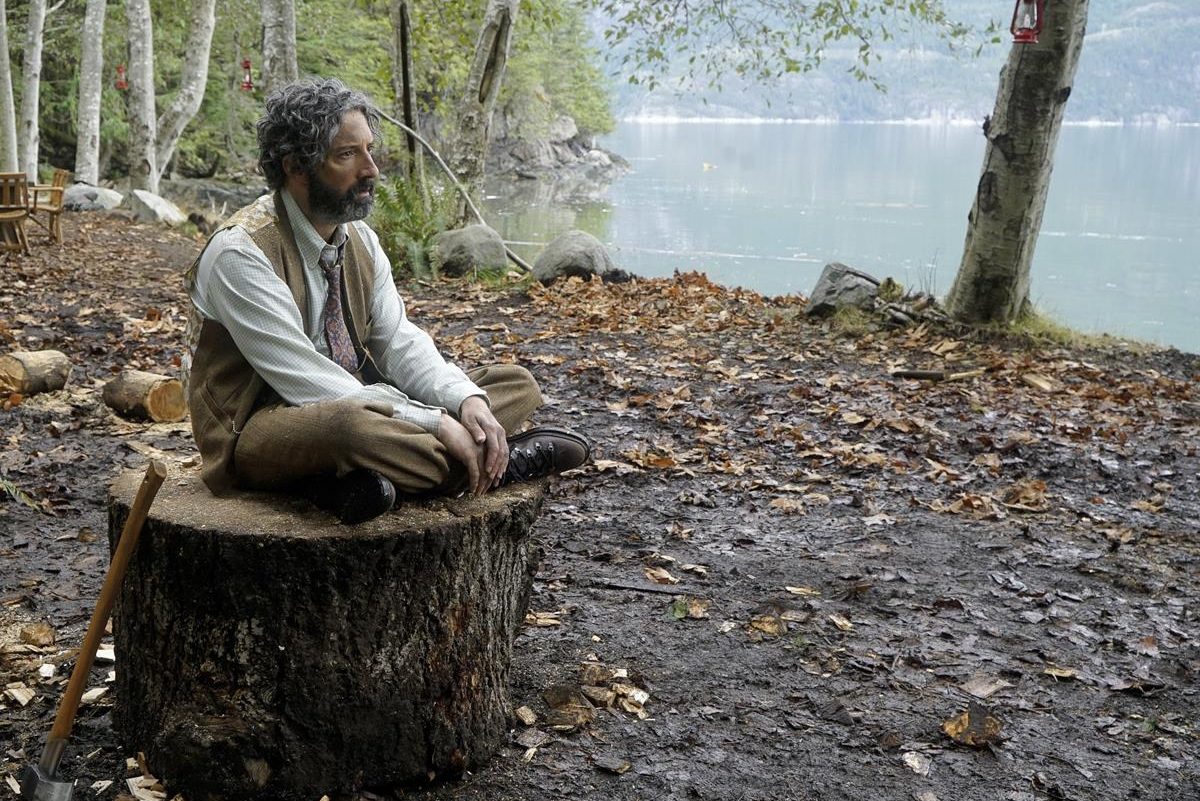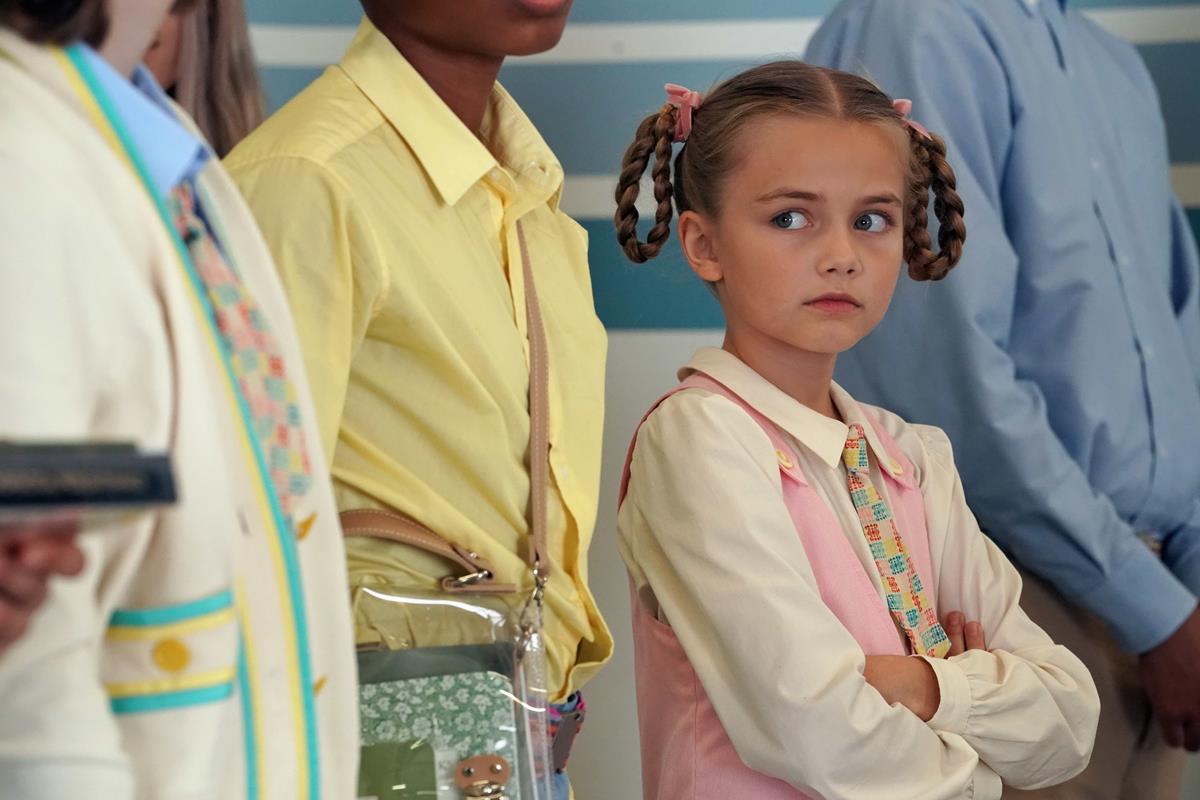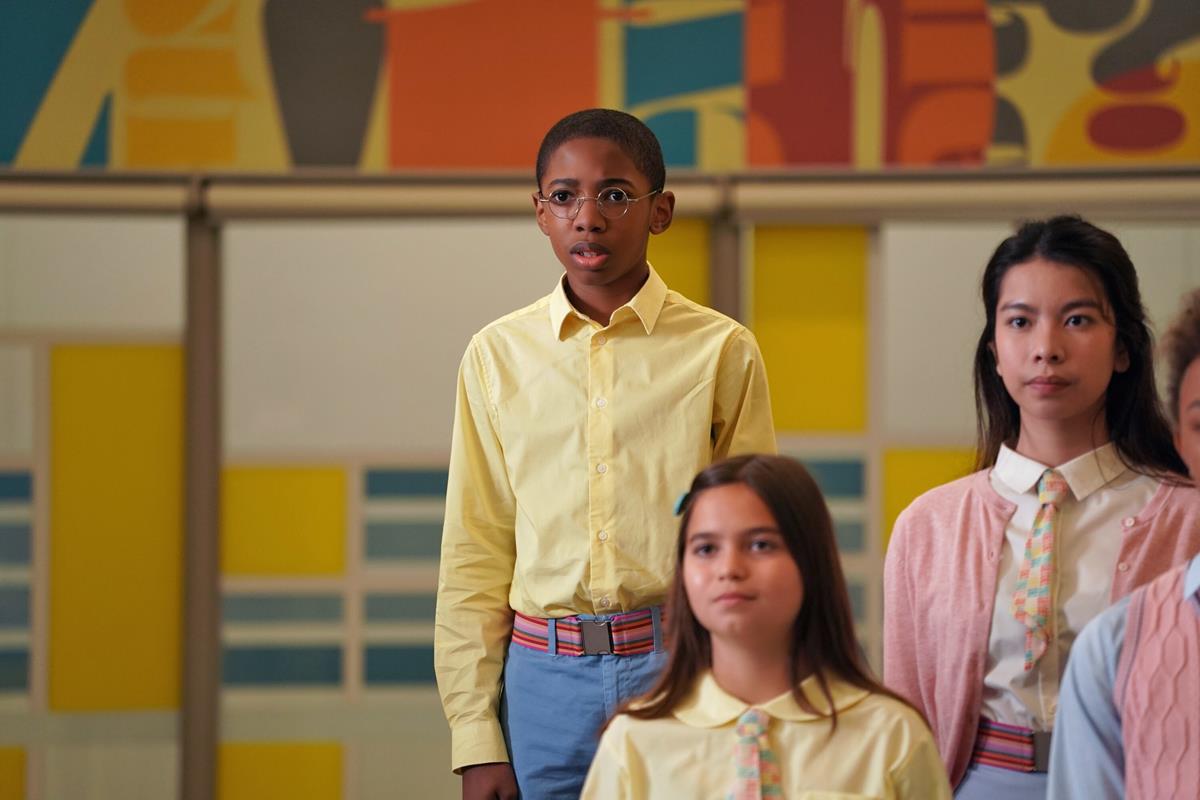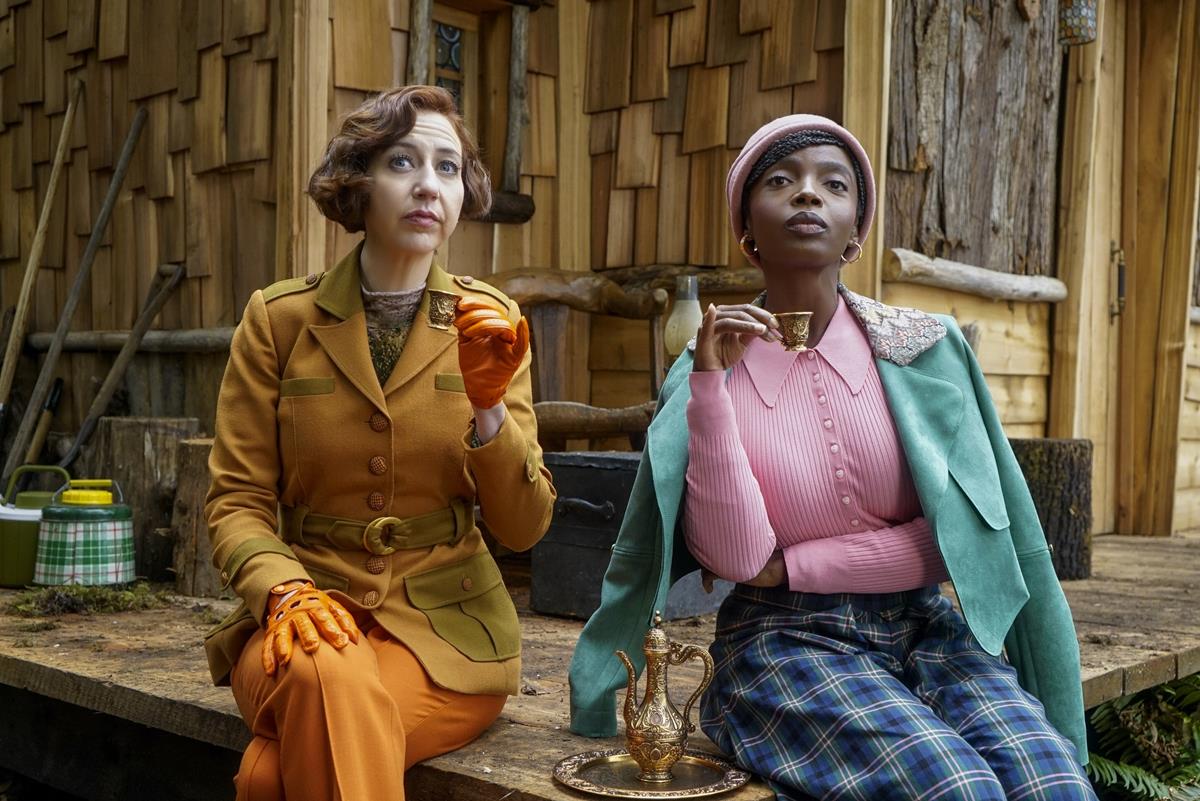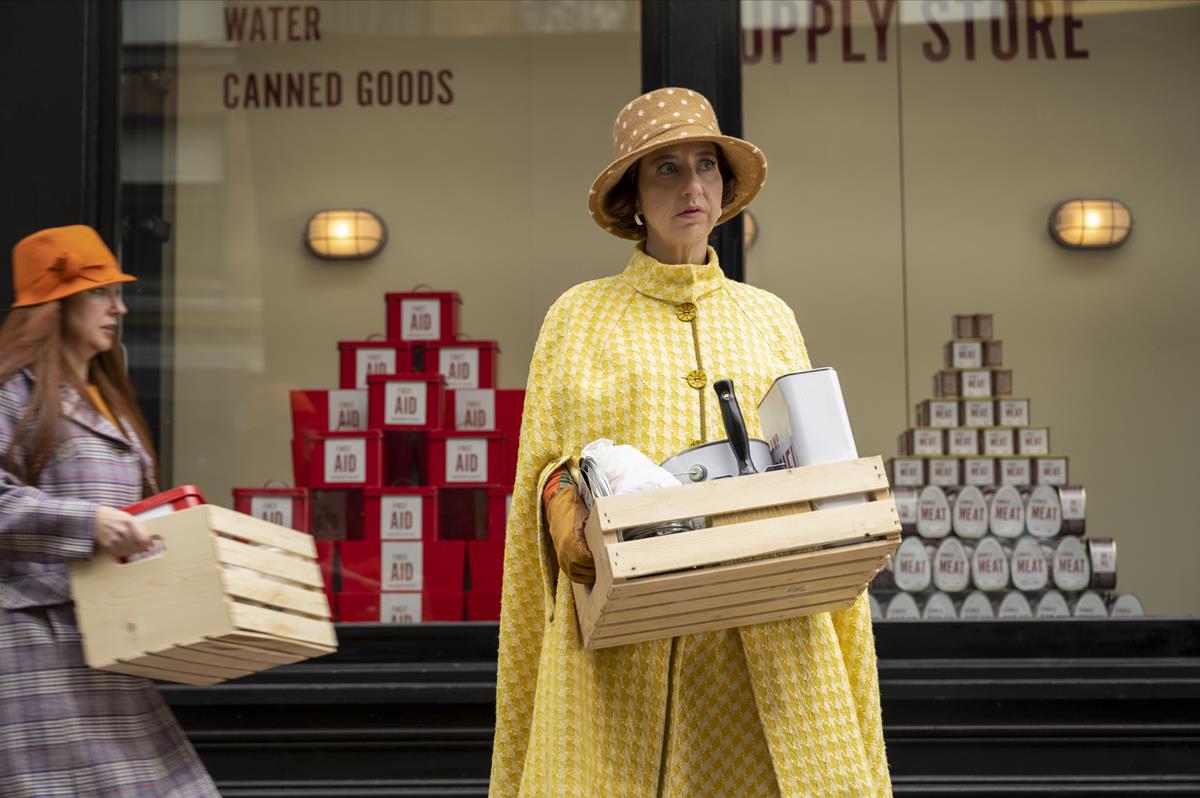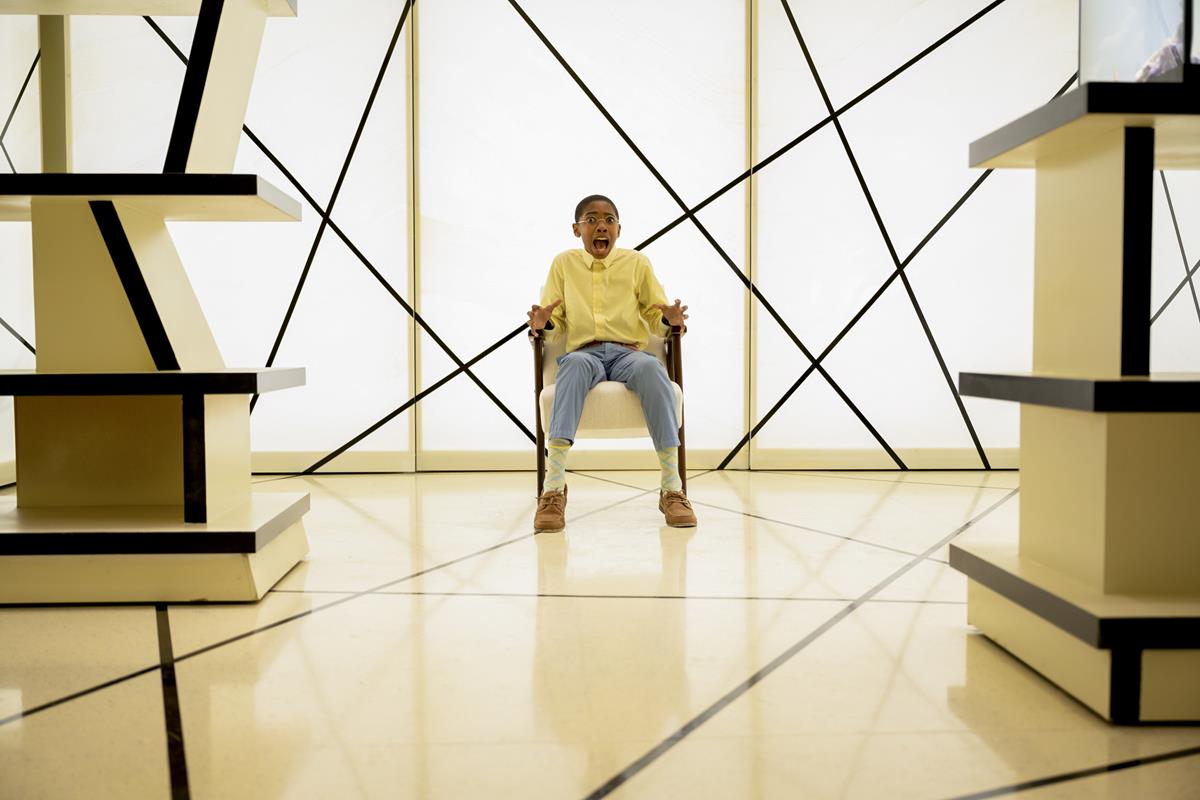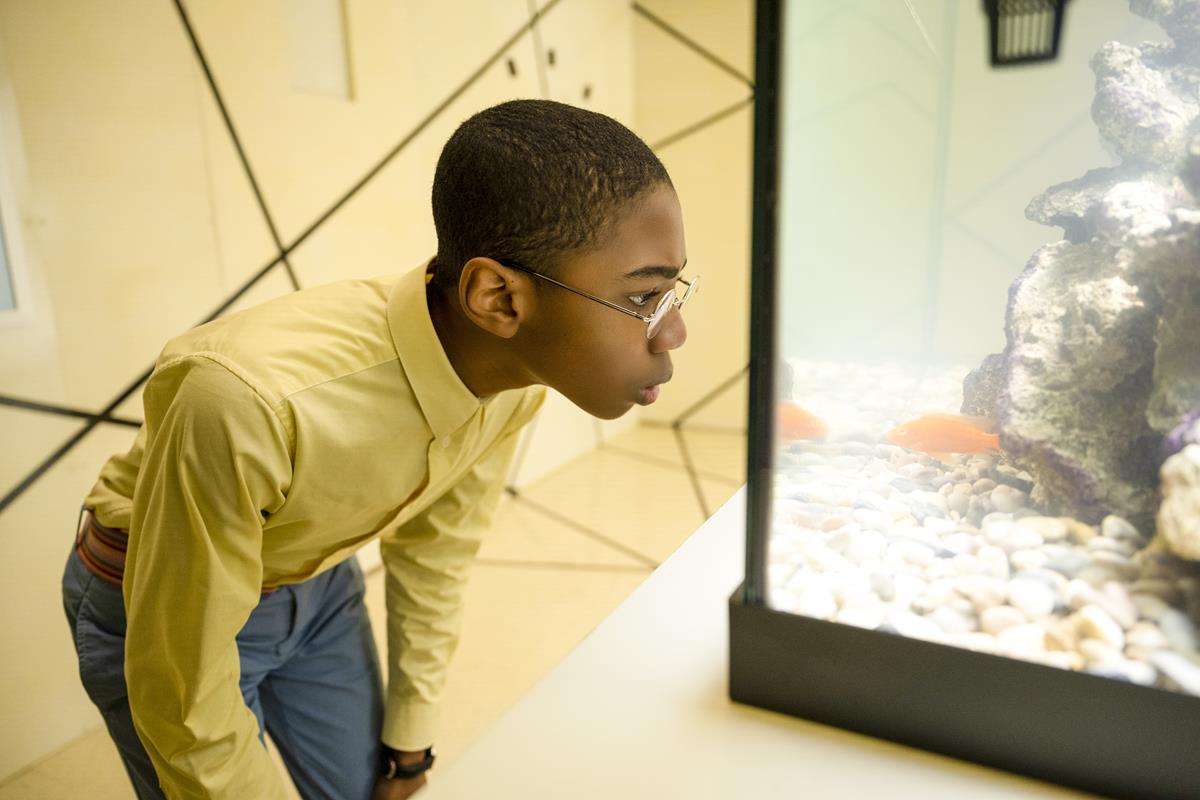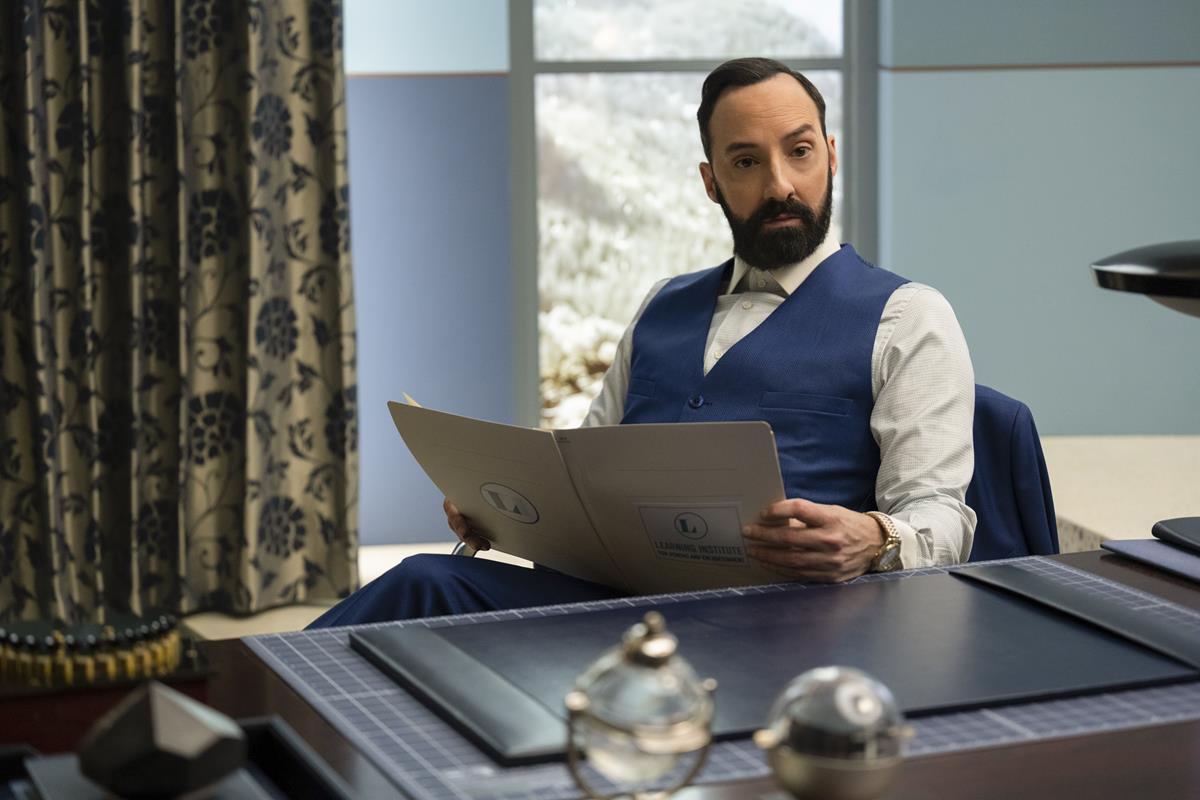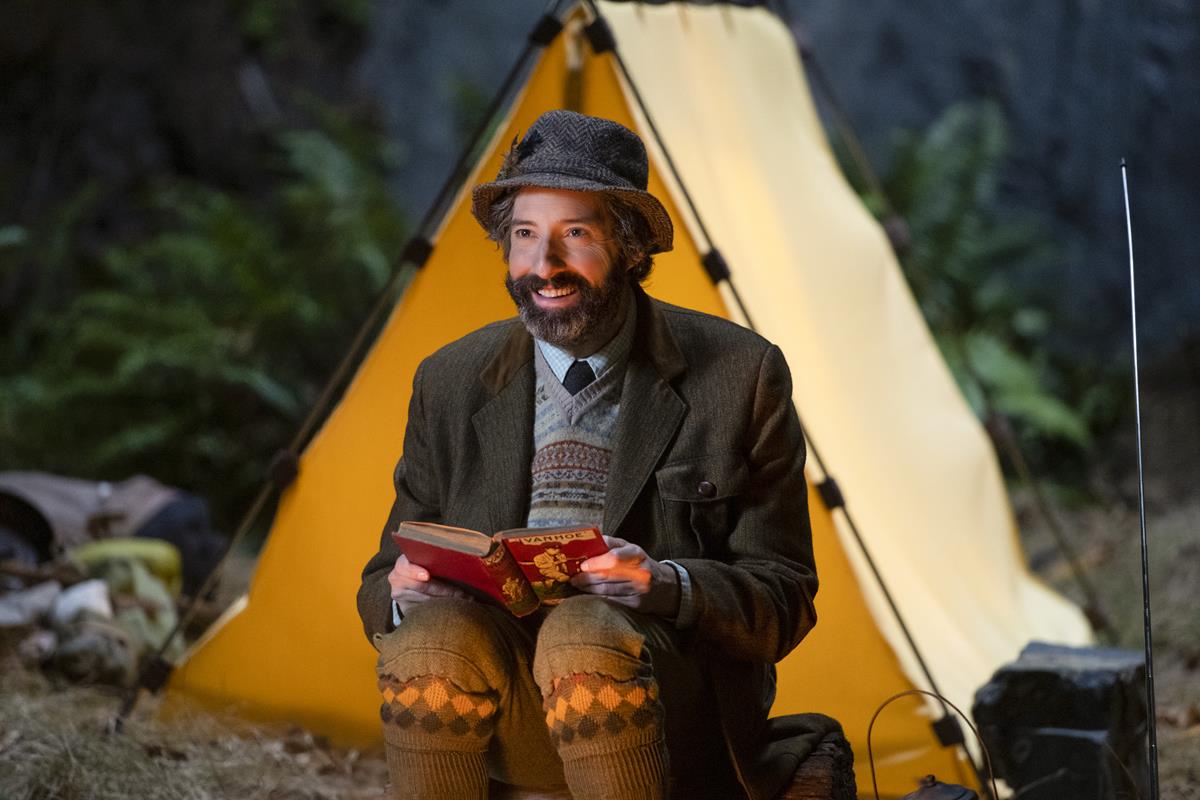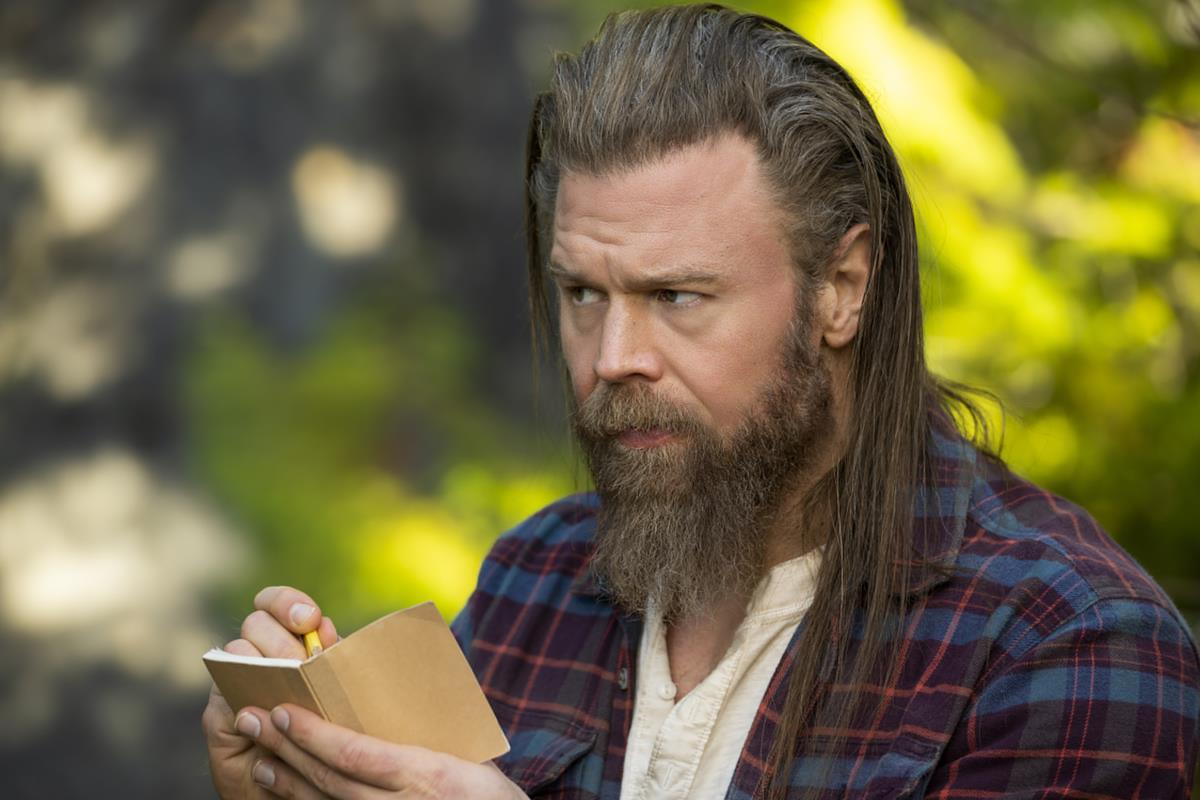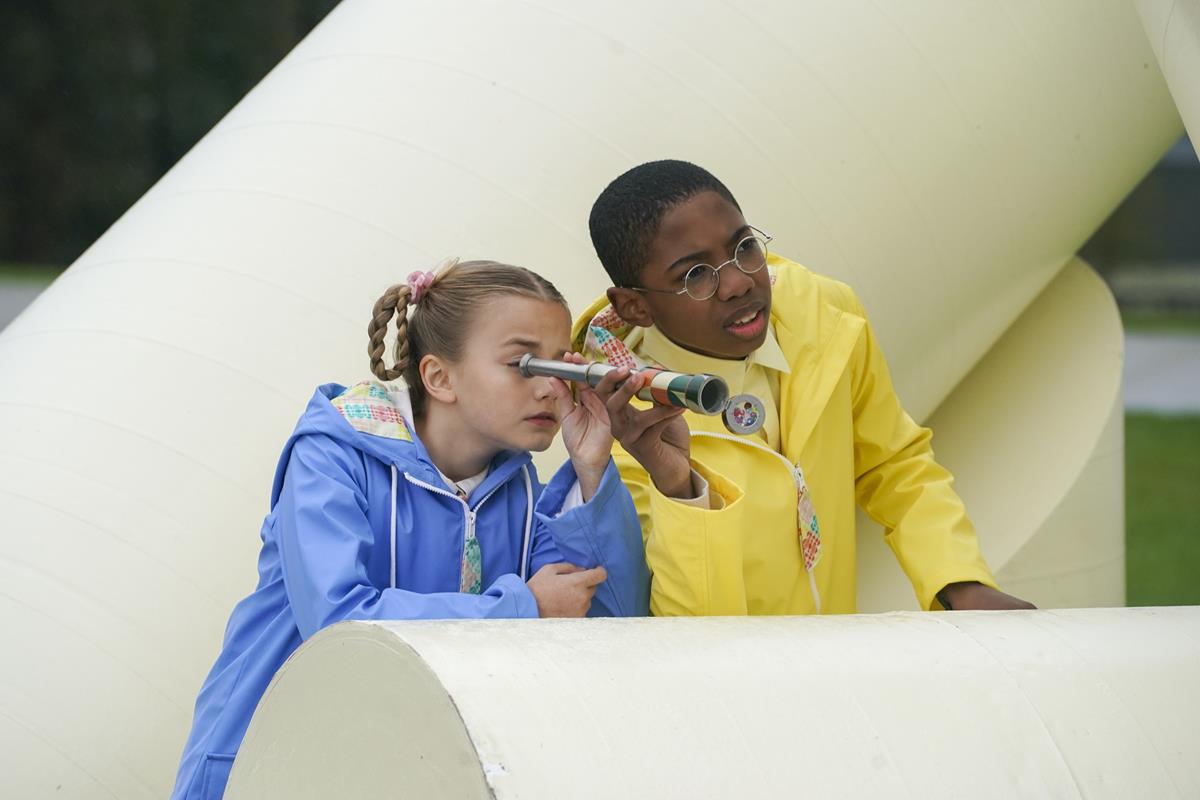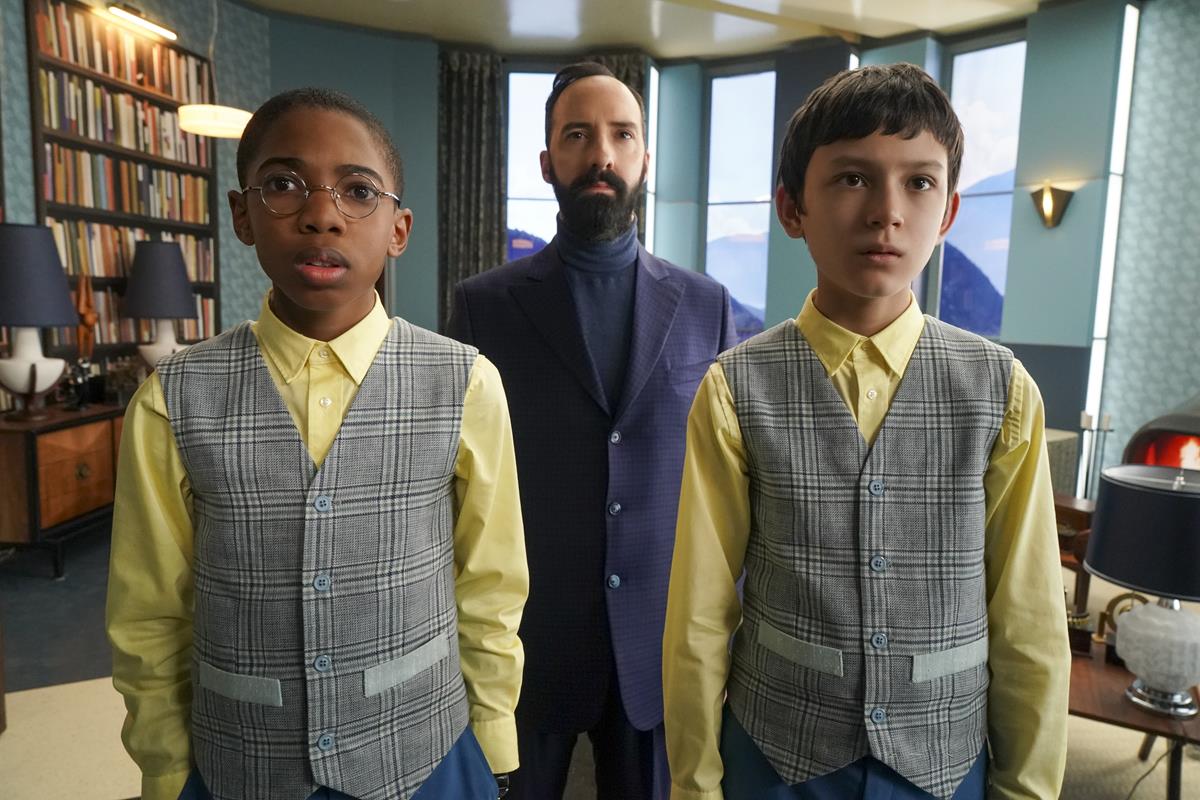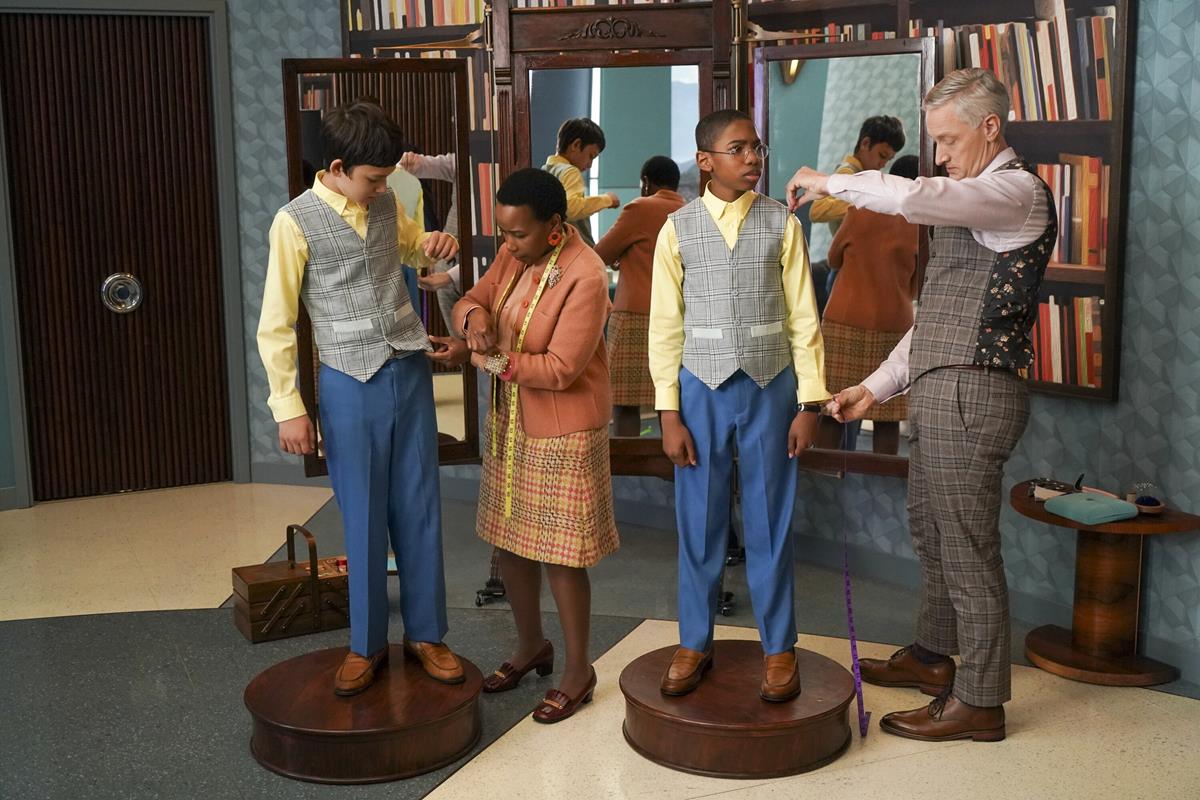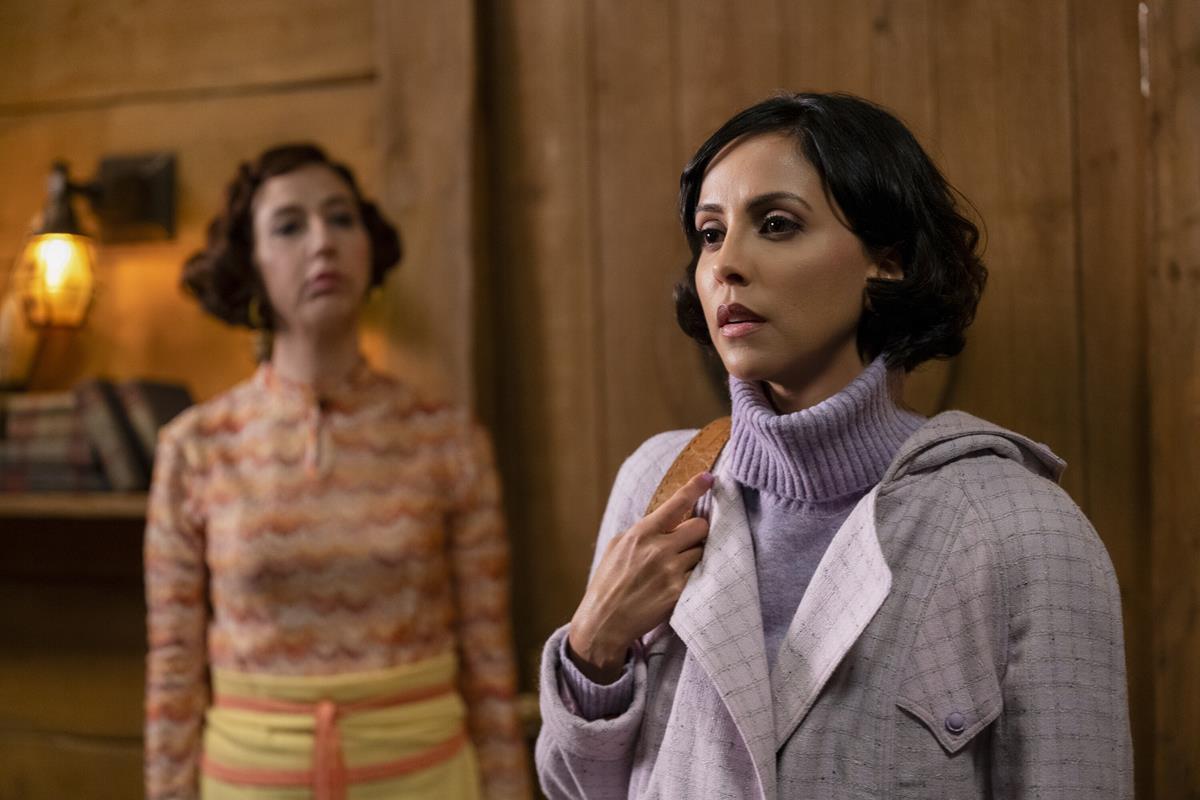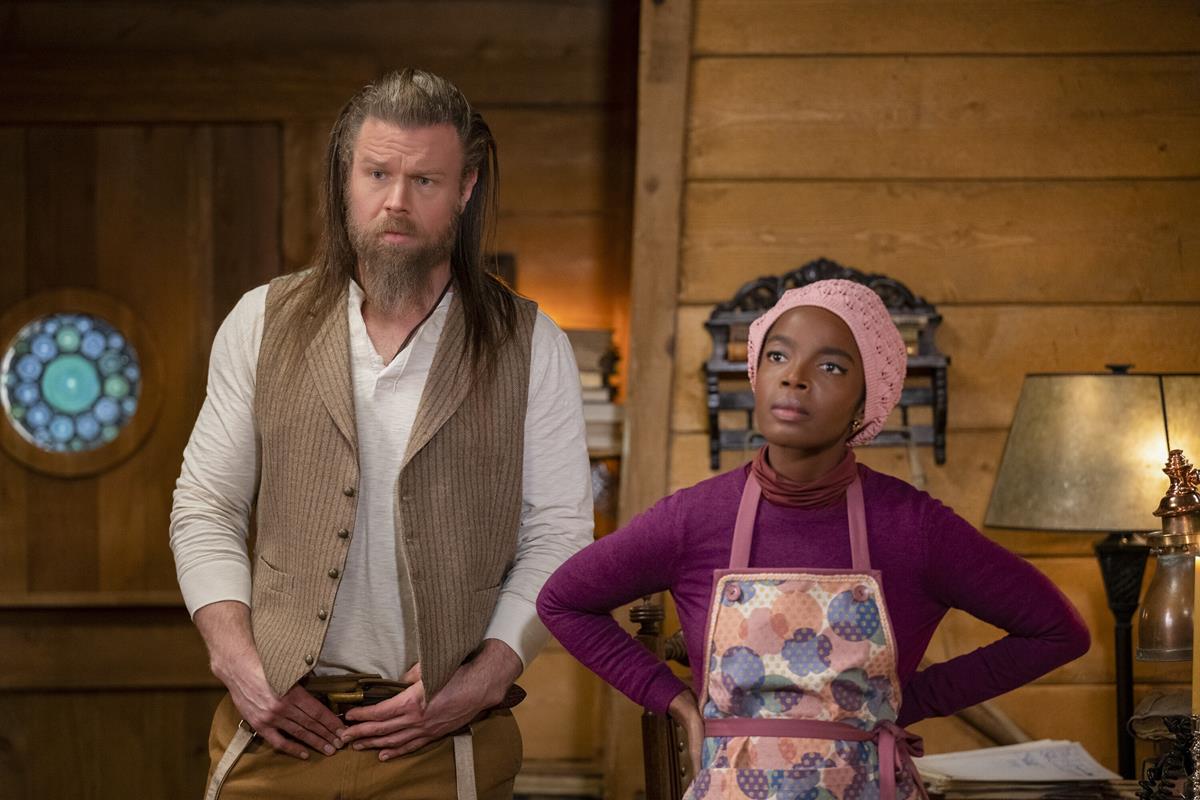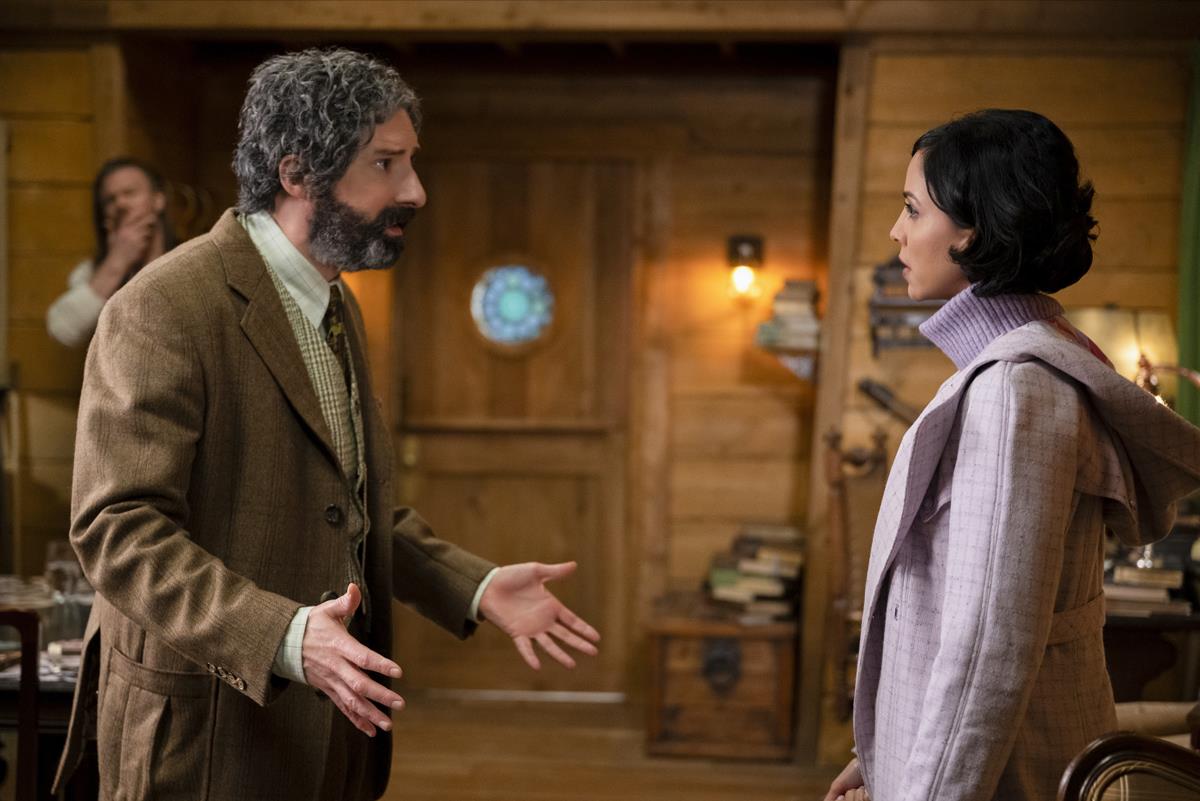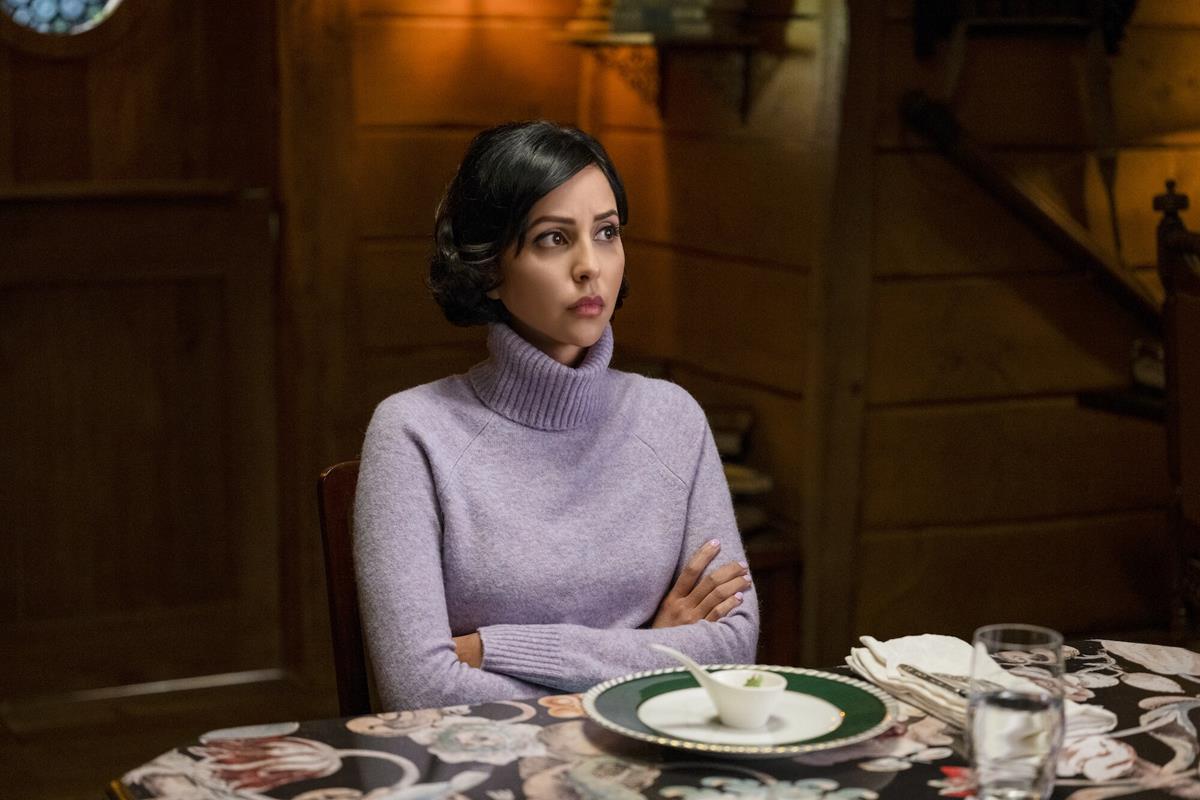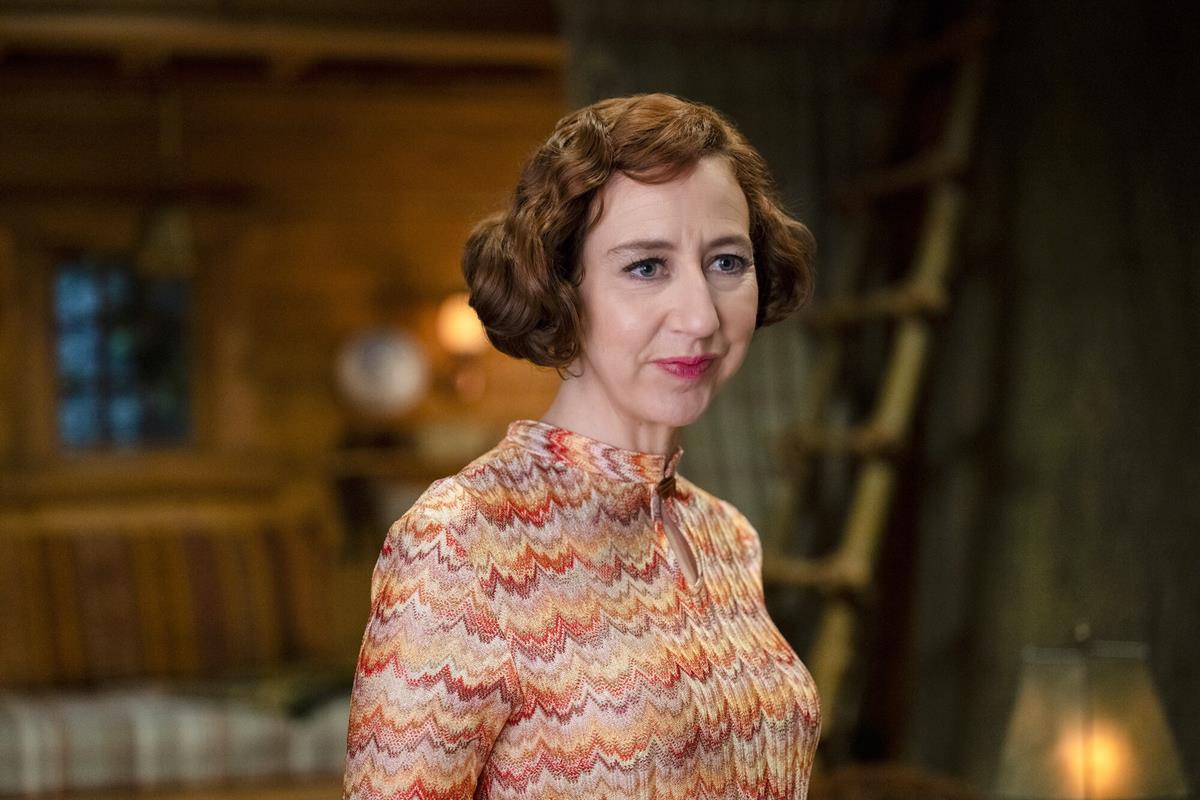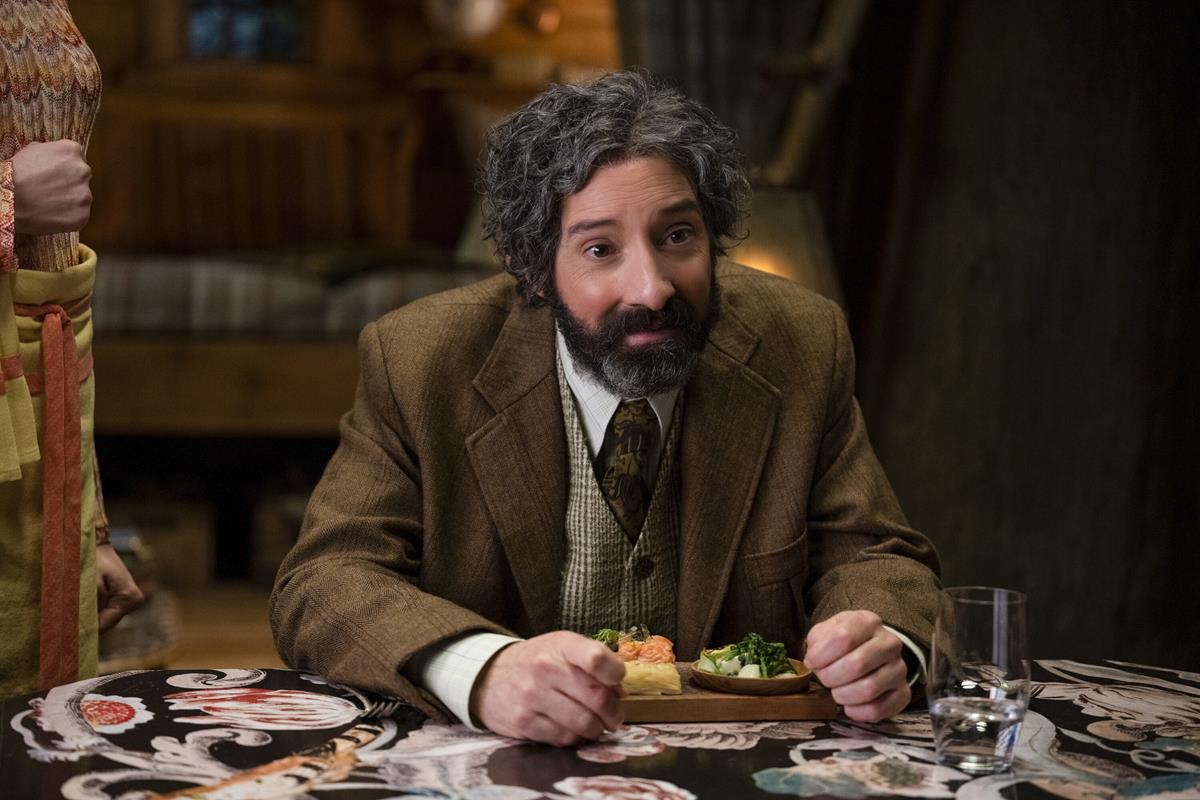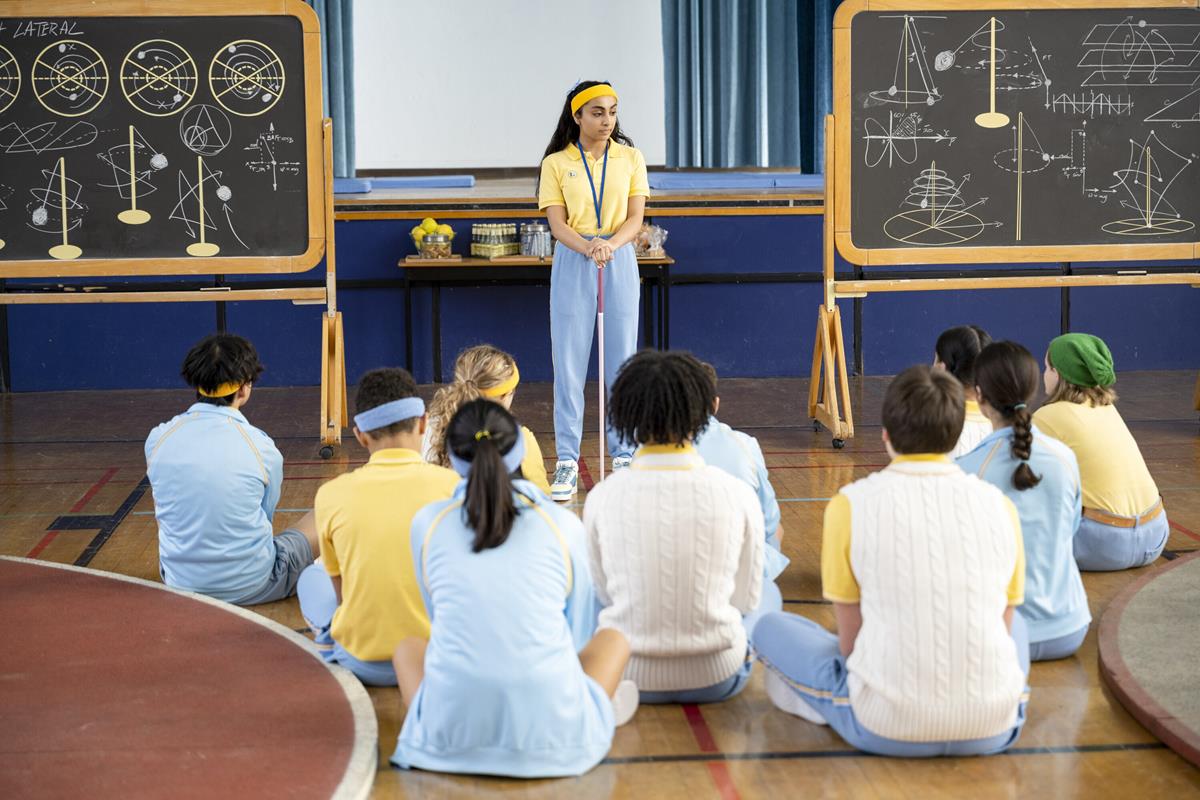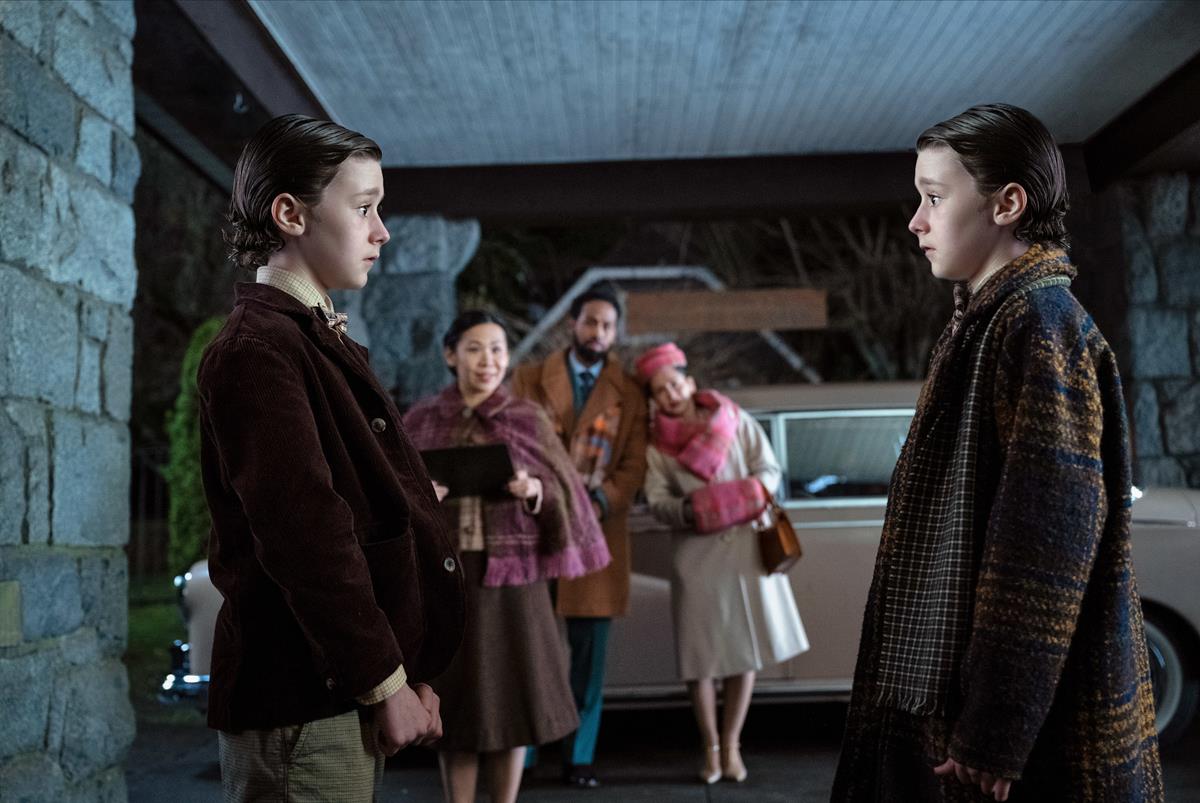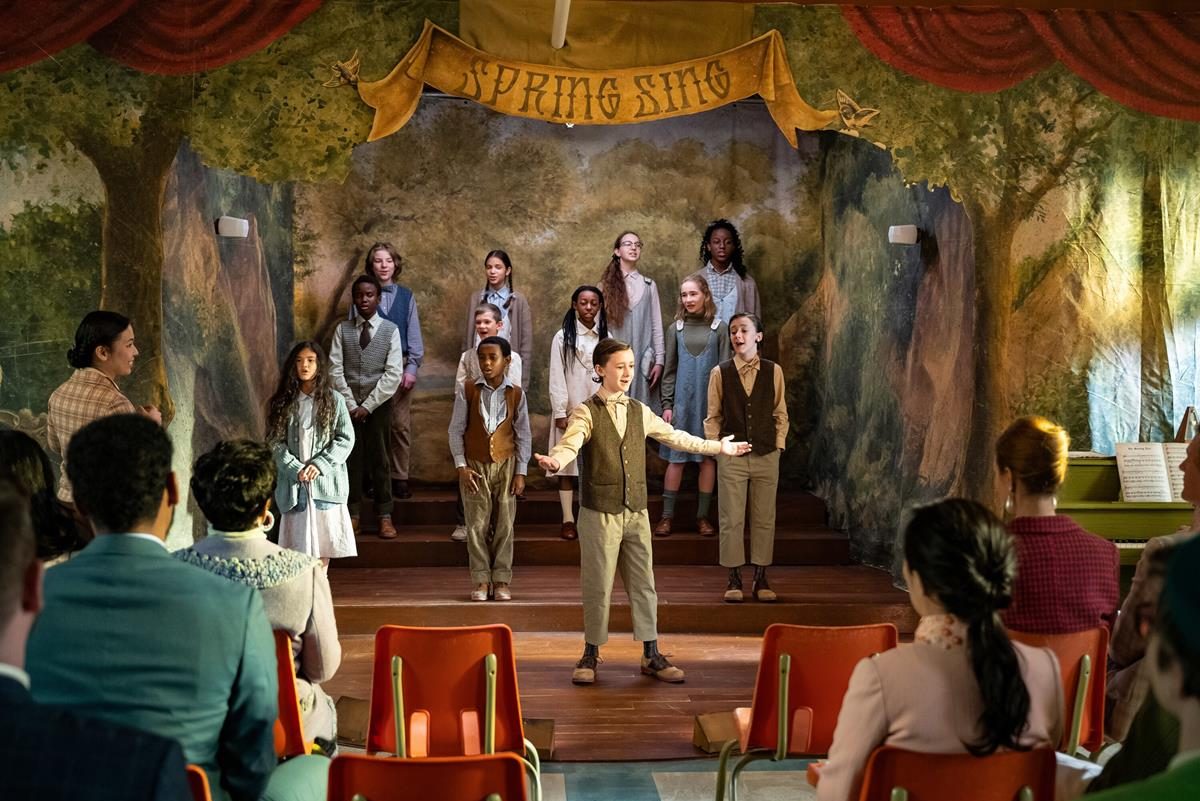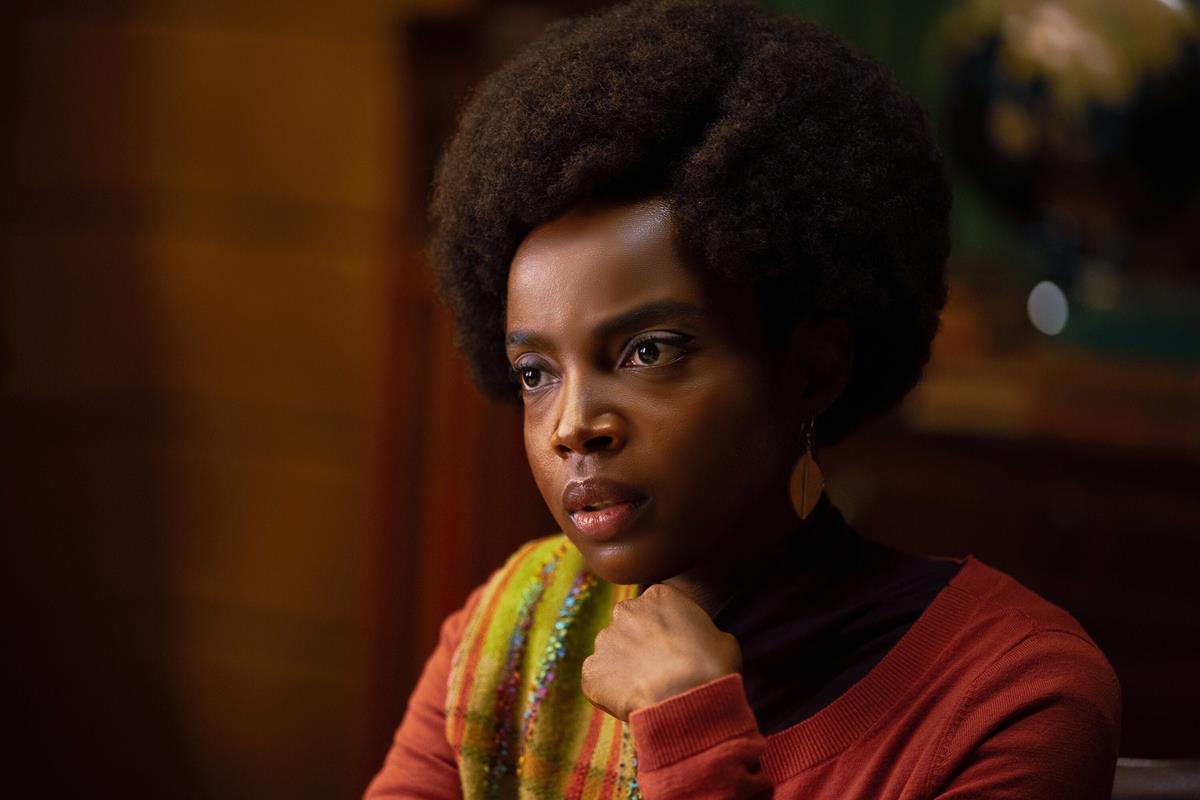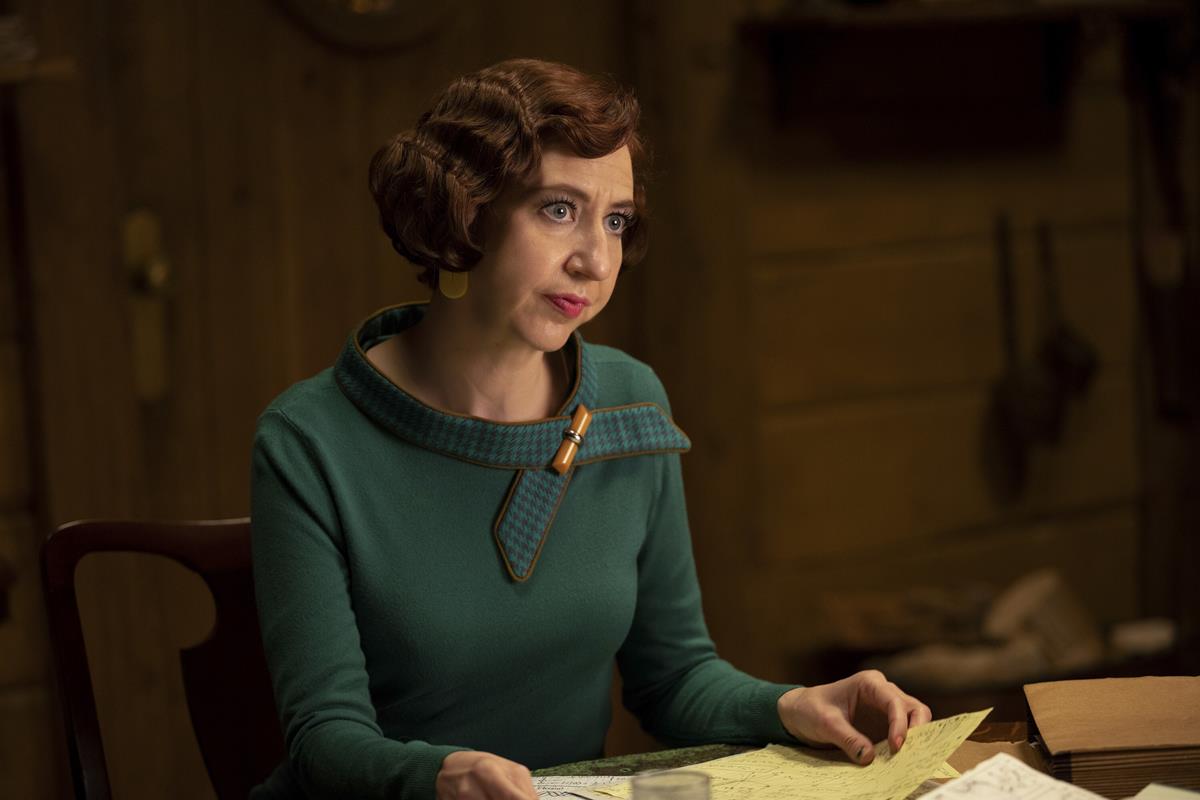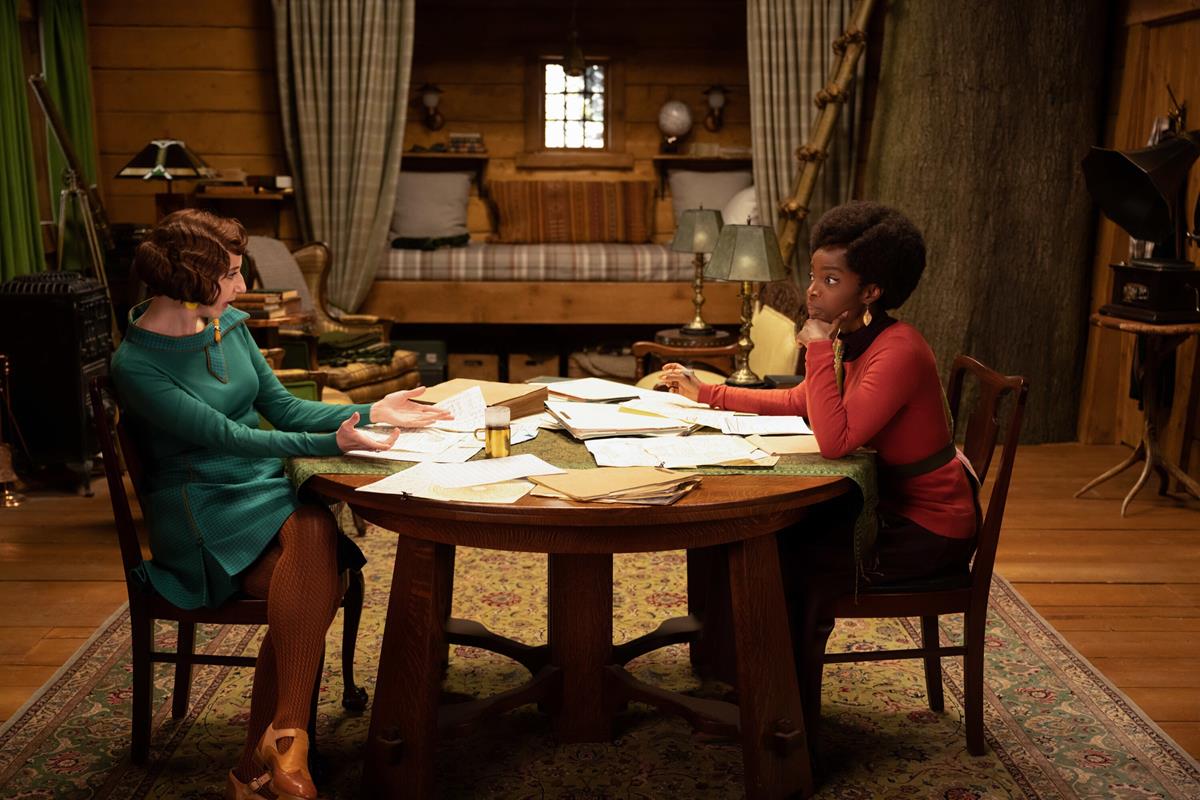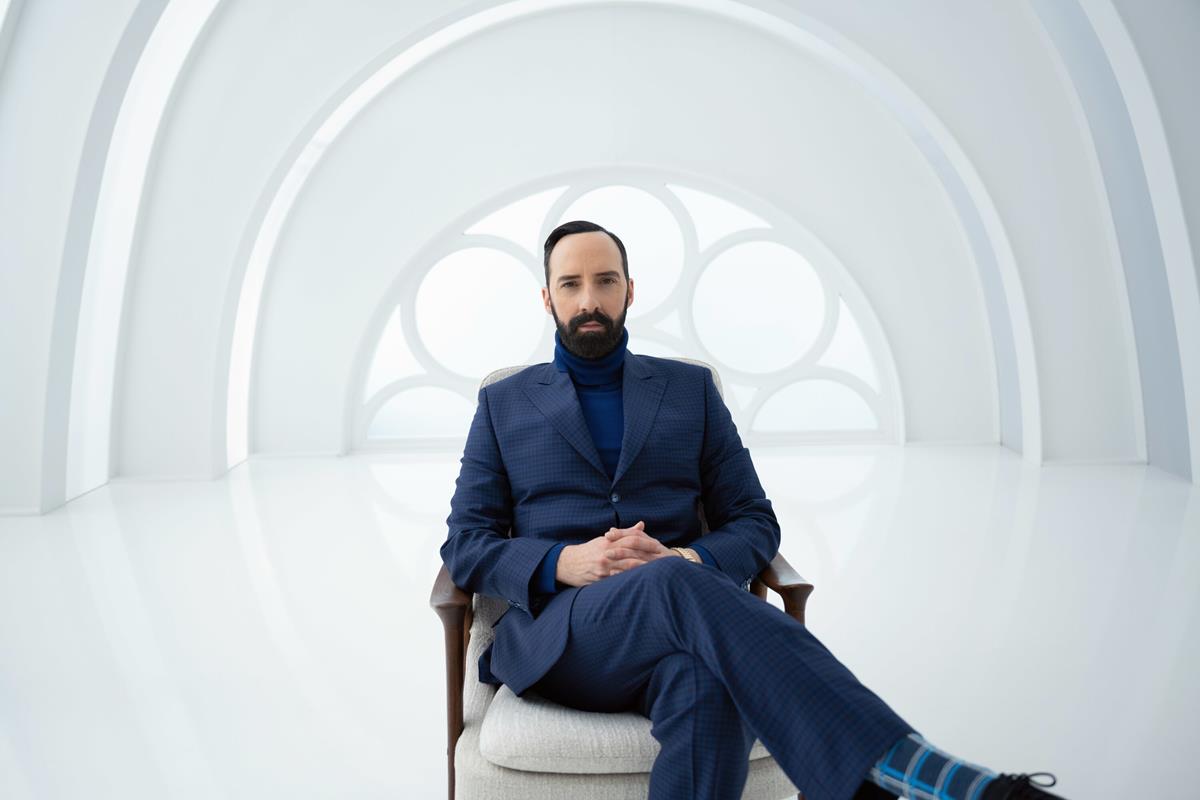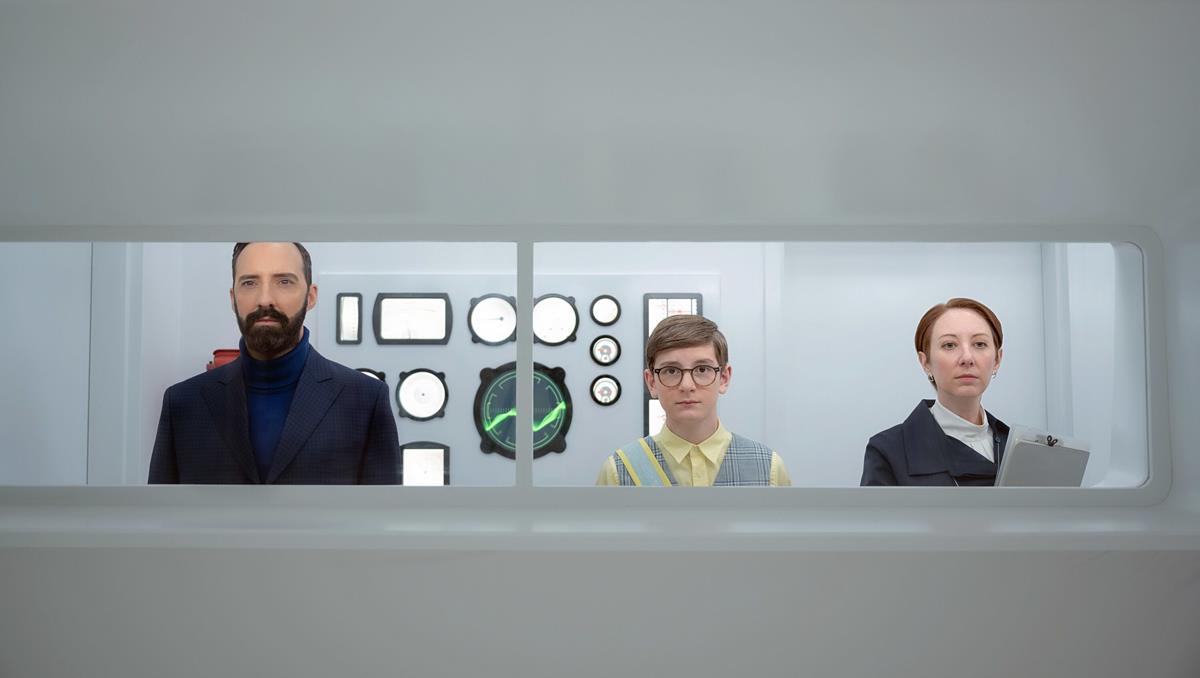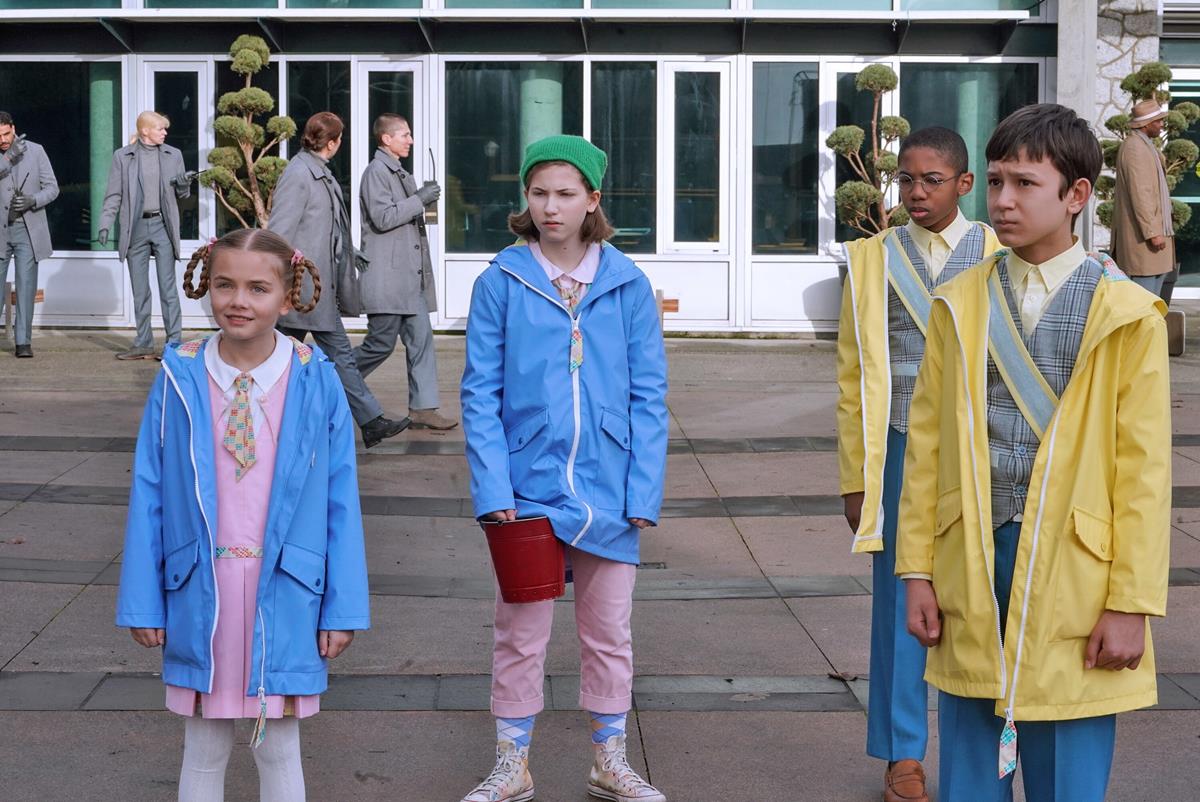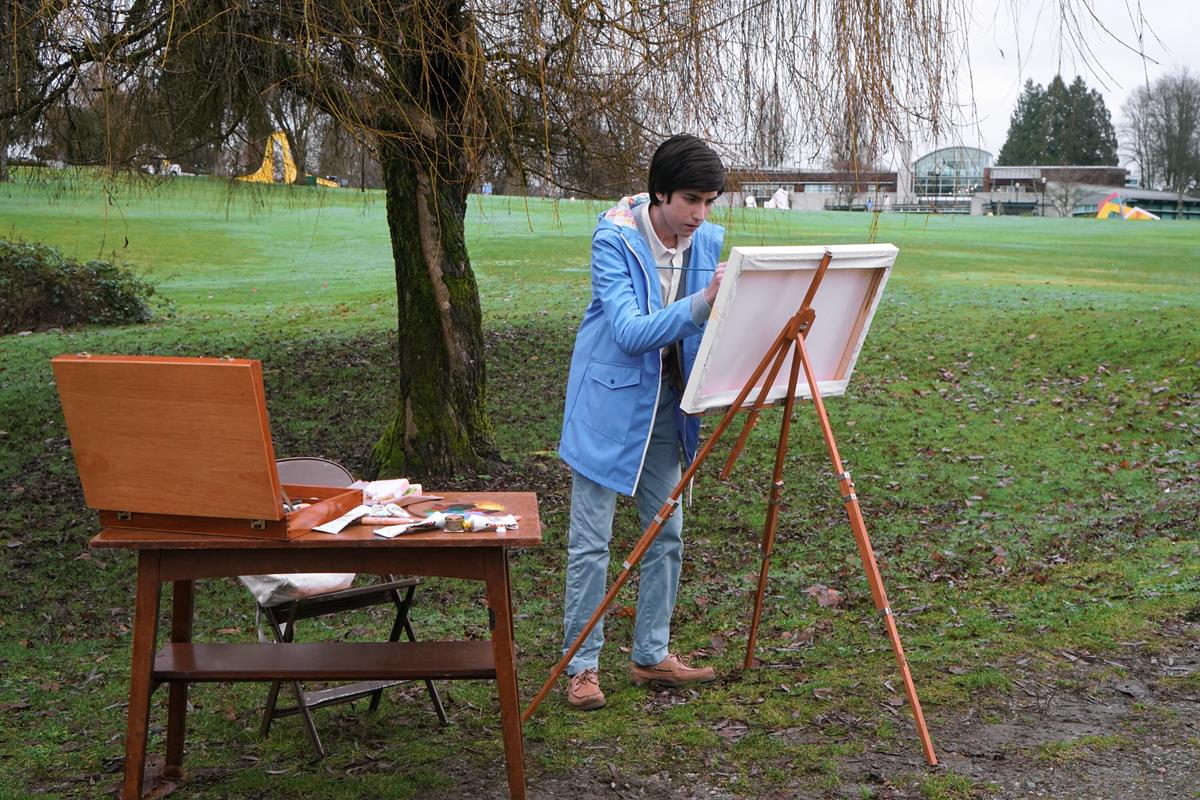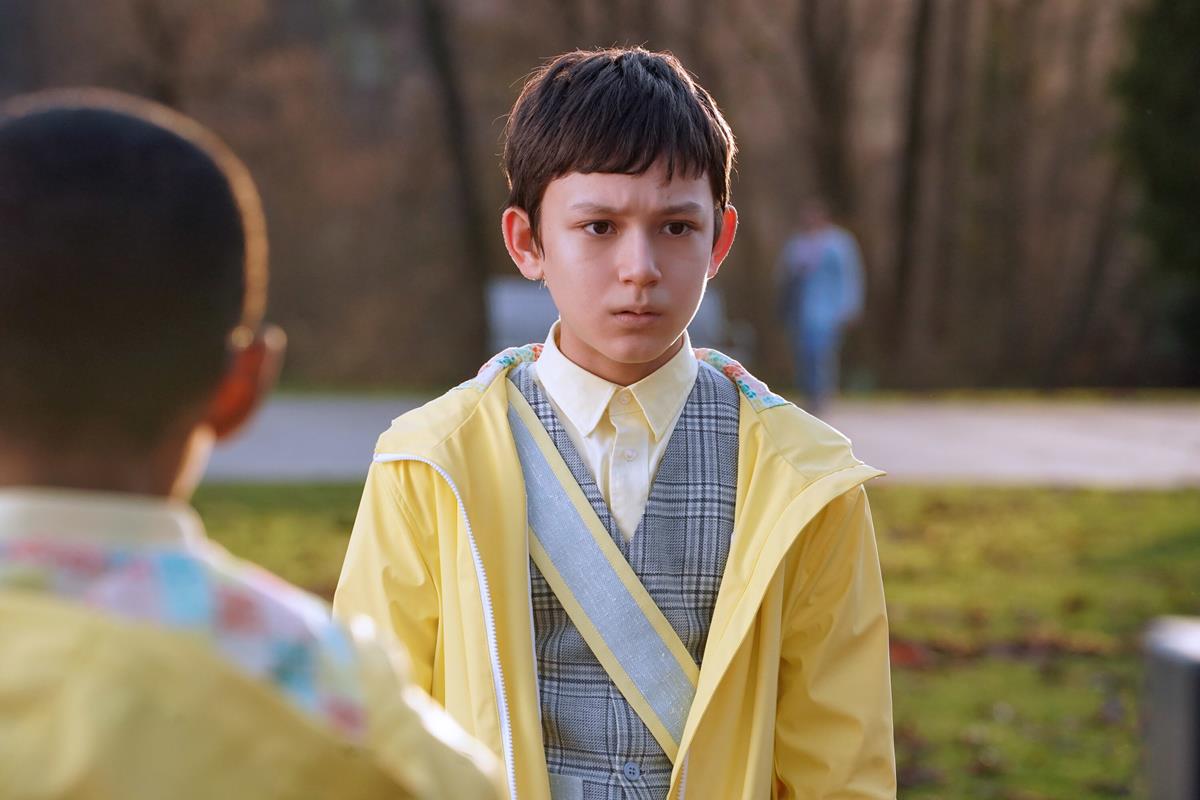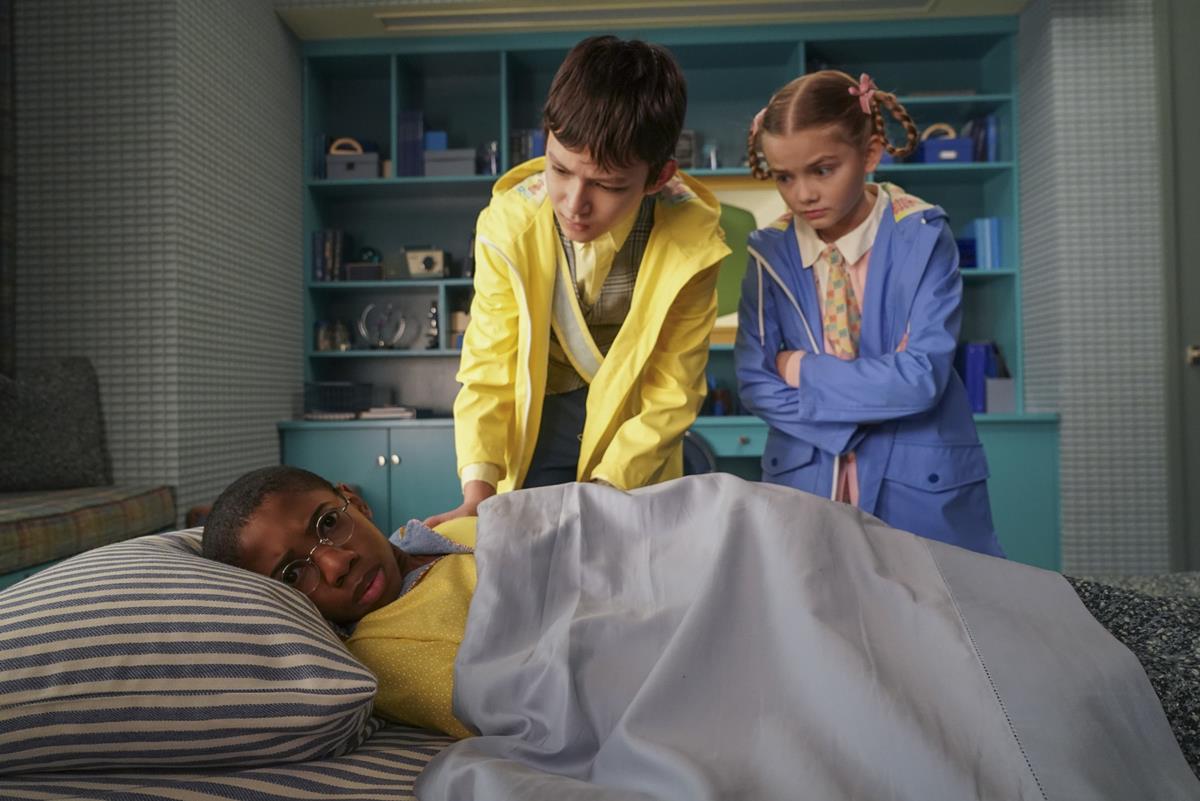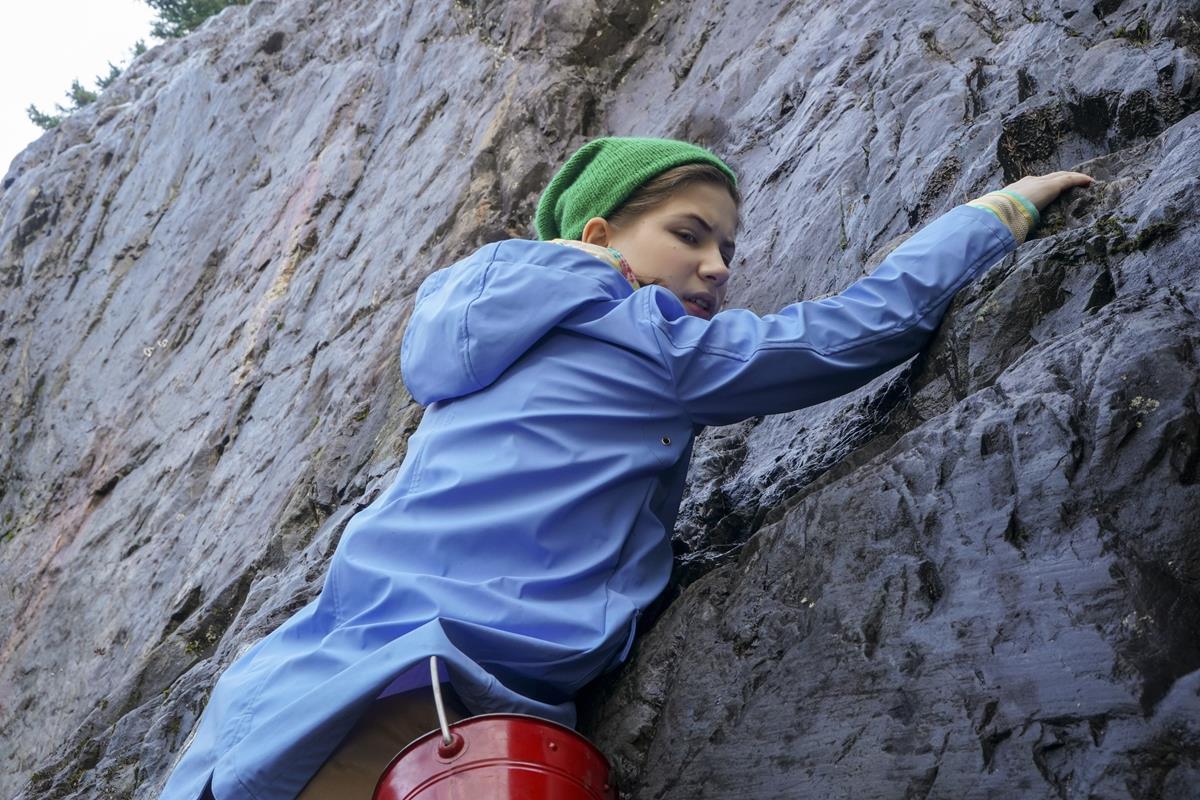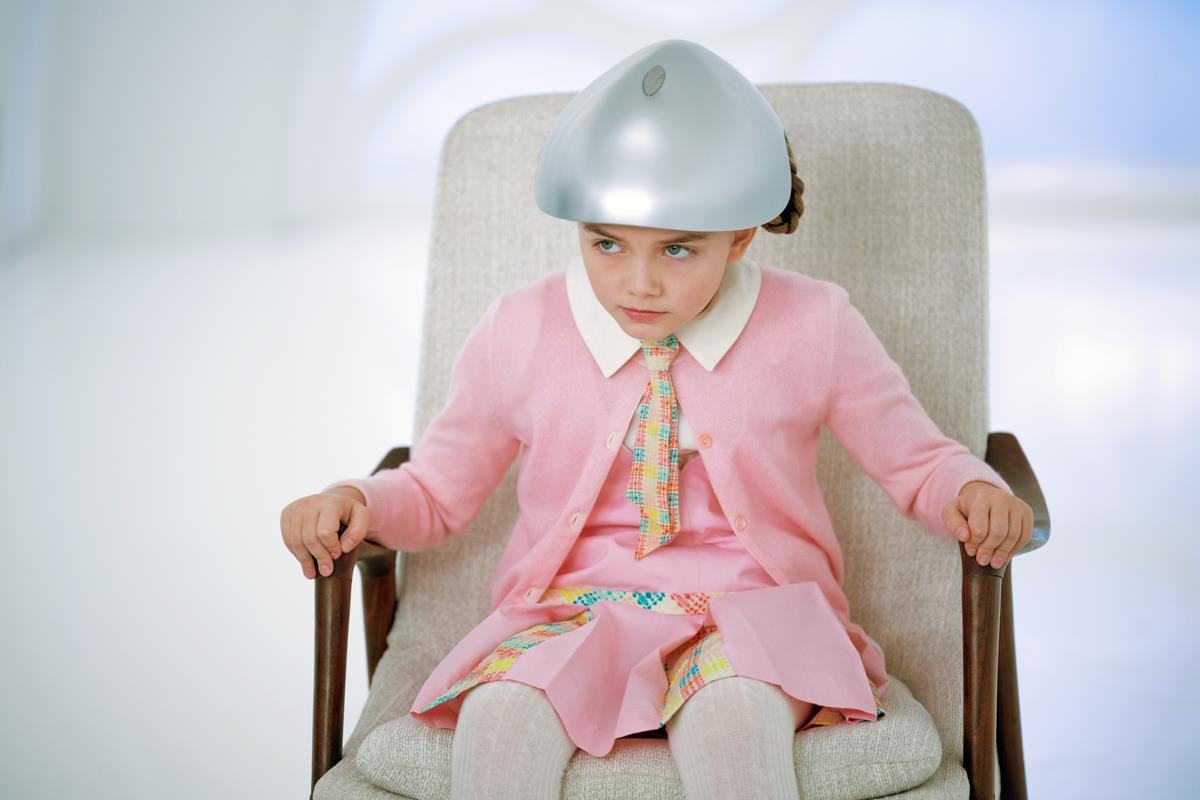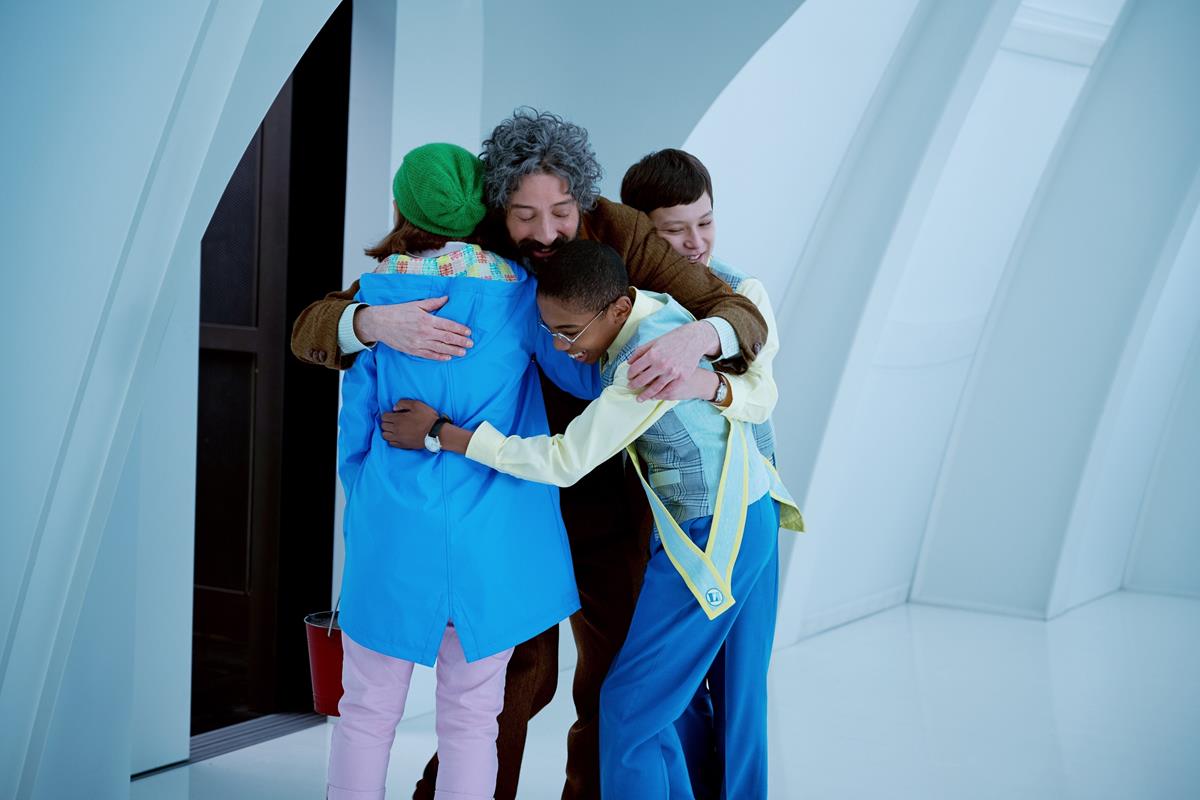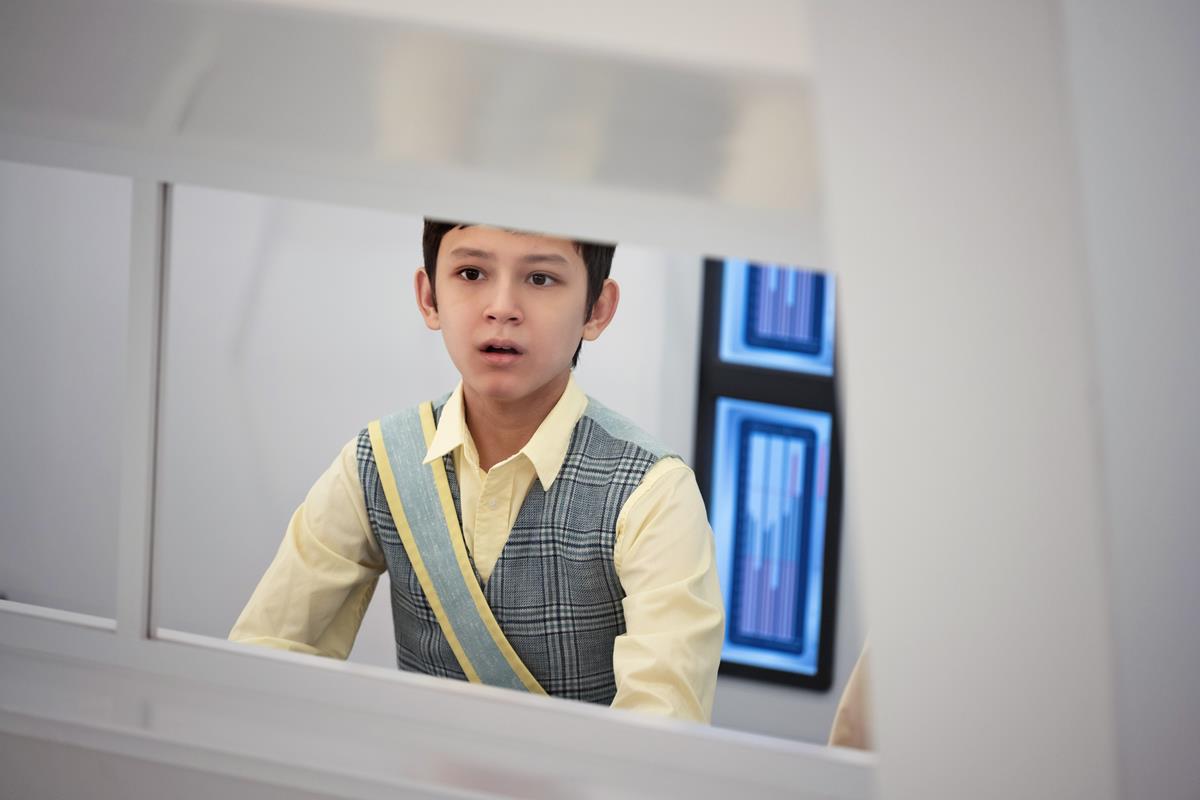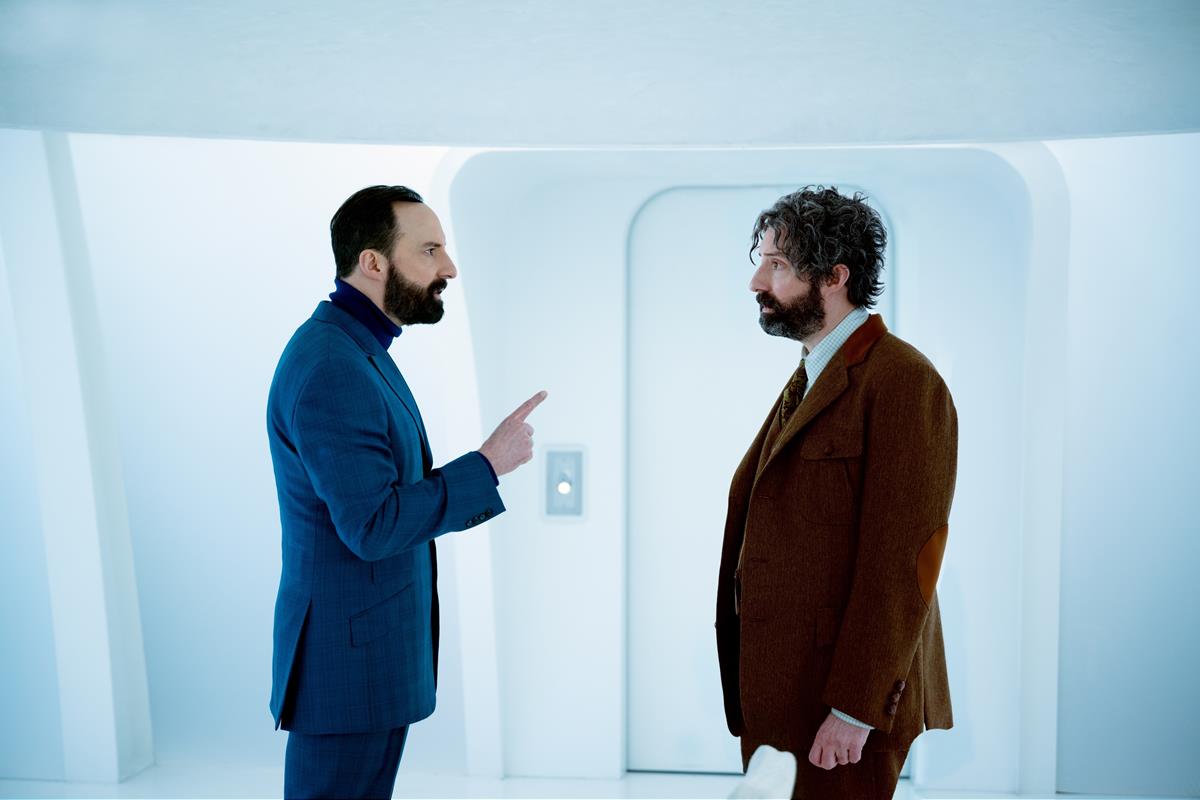
The Disney+ original series The Mysterious Benedict Society was finished during the pandemic, and the post-production work was handled in a rather unusual way — spread out over Company 3 studios throughout North America.
The imaginative show is centered around a group of gifted orphans recruited by an eccentric benefactor for a secret purpose which is revealed over the course of the eight-episode season. Creators Phil Hay and Matt Manfredi (Destroyer), producer/director James Bobin (Flight of the Conchords) and producers Todd Slavkin, Darren Swimmer and Marc Kahn (who’d previously worked together on Shadowhunter), were able to make use of Company 3’s global service offerings and follow the progress of the post work, first from Vancouver, the series’ base of operations at North Shore Studios, and later from Los Angeles, without having to choose post houses based on their limited travel options.
Dailies for the series were completed at Company 3’s Vancouver studio by colorist Matt Wells; the final color grade was performed by senior colorist Jill Bogdanowicz at the company’s Hollywood studio, and the sound mix was created at Company 3 Toronto by Christian T. Cooke and Kirk Lynds.
“Some of us already had done sound mixing work at Company 3 in Toronto previously and had a very positive experience,” says Kahn. “When the COVID situation came up, we were originally planning on mixing in Los Angeles, where our producers are based. When we realized we were going to have to work remotely, even if we were in Los Angeles, it just made sense to go with mixers that we had establish a good relationship with and that we knew were terrific. We could also get more bang for our buck if the work was physically being done in Toronto so that made perfect sense.”
In their search for a final colorist, the producers hadn’t settled on anybody, but Kahn recalls that the producers and cinematographer François Dagenais (Downsizing) “had definite ideas about their inspirations and in their look books and so forth,” as he describes, which all suggested an admiration for the overarching style and feel of Wes Anderson’s The Grand Budapest Hotel. “So when the opportunity arose to get Jill Bogdanowicz, who was the colorist of that movie, it was a slam dunk. Even aside from her work on Grand Budapest, her reputation as an excellent colorist is well-known and we were all excited to work with her.” Bogdanowicz, based at Company 3’s Hollywood studio, was eager to do the project.
Principal photography took place in British Columbia and both Kahn and Dagenais had been quite happy with Company 3 Vancouver’s Matt Wells’ work on the dailies on their respective series Shadowhunters and Home Before Dark. “With financial incentives in the region and the facility so close to where we were shooting,” Kahn recalls, “it made perfect sense to have Matt handle dailies for the series.”
A more traditional approach to packaging post services would be to find a geographic location and stick with it. But with the pandemic imposing its restrictions and so much work being moved to a remote model, there was really no reason not to divide up the work in a way that allowed The Mysterious Benedict Society producers to work with the artists, production teams and technology that made the most sense for each phase of the series’ post-production. In a sense, the restrictions also opened up options they might not have considered otherwise.
NOW STREAMING — BEHIND THE SCENES OF FAN-FAVORITE SERIES:
As the streaming wars rage on, consumers continue to be the clear winners with an abundance of series ripe for binging. See how your favorite episodics and limited series were brought to the screen with these hand-picked articles plucked from the NAB Amplify archives:
- “Severance:” Now, About Solving the Work/Life Balance…
- Entering “The Gilded Age”
- Class Is Definitely Not In Session: The Horror Delights of “All of Us Are Dead”
- “The Dropout” Is a Slow-Motion Car Crash (and We Can’t Look Away)
- The (Unavoidable) Universal Appeal of “Squid Game” Is By Design
“I worked with the heads of sales in Toronto and Vancouver,” says Katy O’Loughlin, Director of Sales, Episodic, in Los Angeles. “We got together and made sure that we could approach the series in a coordinated way because this was our first show that we’ve done like that in three different locations. We made clear to the show’s producers that that media could be easily and securely shared throughout Company 3’s pipeline seamlessly, as if it were all in one facility, but that each individual location would have its own producer and support team to oversee the materials and the progress of the work.
“I would say that having three facilities connected like they are,” she adds, “gives Company 3 a degree of ownership and responsibility for the client’s work.” If the project were spread out over three different companies, she notes, there would always be the potential for glitches in the various pipelines or extensive back-and-forth among different companies in the event some issue arises. “They knew none of that was going to happen with the way this project was set up.”
“We had very solid producers on the Company 3 side,” Kahn recalls. “There were obviously three of them who we worked with — one for sound, one for dailies and one for final color — and they’ve been terrific.”
The Color Grade & Sound Mix
“They were going for kind of a contrasty, poppy color,” Bogdanowicz says of the color grading. “They wanted a Wes Anderson kind of color — very nice color separation, strong colors.” She helped design a look LUT (lookup table) prior to production for DP Dagenais so everyone on set would be able to see a rough approximation of the final look.
Working out of her grading theater in Hollywood, Bogdanowicz was able to interact with the cinematographer in Vancouver and the director, who was in London, as well as other collaborators in Los Angeles in real time via Streambox sessions. (Finishing editor Mike DeLegal also worked out of the same studio as Bogdanowicz, conforming and performing the small VFX work he would do on any TV finishing job.)
“Just to have all those pieces work flawlessly as though everyone was in the same room, I think is pretty extraordinary,” Bogdanowicz observes.
Company 3 staff mixer Christian T. Cooke and freelance mixer Kirk Lynds worked on one of Company 3 Toronto’s Dolby Atmos dubbing stages and collaborated remotely via Clearview to key collaborators, some of whom were following along in a Dolby Atmos stage in Los Angeles and others who were participating remotely from their own offices, studios or homes.
The show is set in a fantasy world in the future with aesthetic reminiscent of the fifties and sixties. The two mixers took edited tracks (overseen by sound designer Alex Bullick) and brought the sounds together using Dolby Atmos to add dimension throughout the room. “We’re in the future technology wise,” Cooke explains, “but aesthetically we’re kind of back in time. The sound editors had fleshed out some of electronics that they’re using — knobs and dials and things like that. Even the electric cars have their own kind of character to them. They’re not like a modern electric car. We had some very interesting sounds to work with.”
Making use of Dolby Atmos’s expanded soundscapes, the mixers pushed the technology to enhance the audio experience of The Mysterious Benedict Society. According to Cooke, “we have ‘the voice’ — a key element of the orphans’ training involves a room where someone is basically able to read the minds of those inside — coming from every possible direction. Then there’s an ongoing theme of people crawling through vents in the ceiling,” the mixer adds, “and that’s a perfect scenario for Dolby Atmos.”
For Cooke, the show’s magical feel provided a perfect opportunity to make the most out of his tech-forward mixing facility and the remote approach did not constrict his ability to experiment. “It was seamless,” he reports. “Pretty much like working with people who are right there on the dubbing stage.”
A Changing Industry
This approach to posting The Mysterious Benedict Society would not have come about if it weren’t for the pandemic, but it provided a valuable case study, both for Company 3 and for Kahn and all his associates on the show, about how this kind of work could be done in the future.
“Any time you see a big change in the industry, it’s some outside force that pushes it,” O’Loughlin observes. “People have been working towards the change. We’ve done commercial projects this way. But it’s usually some unexpected contingency that expedites these developments. In this case, it was COVID.”
“This has been a year of virtual post-production,” says Kahn. “None of us has physical office space. Our Avid editorial team was working out of their homes or rented space and using Clearview and it’s worked out.”
“I do miss working more closely with people,” says Kahn, “and I’ve had a chance to review color in the same room with Jill. But I think once we get back to ‘normal’ we will for sure consider doing more of this work remotely. Ultimately, it’s the talent that we’re more concerned about than the logistics.”

